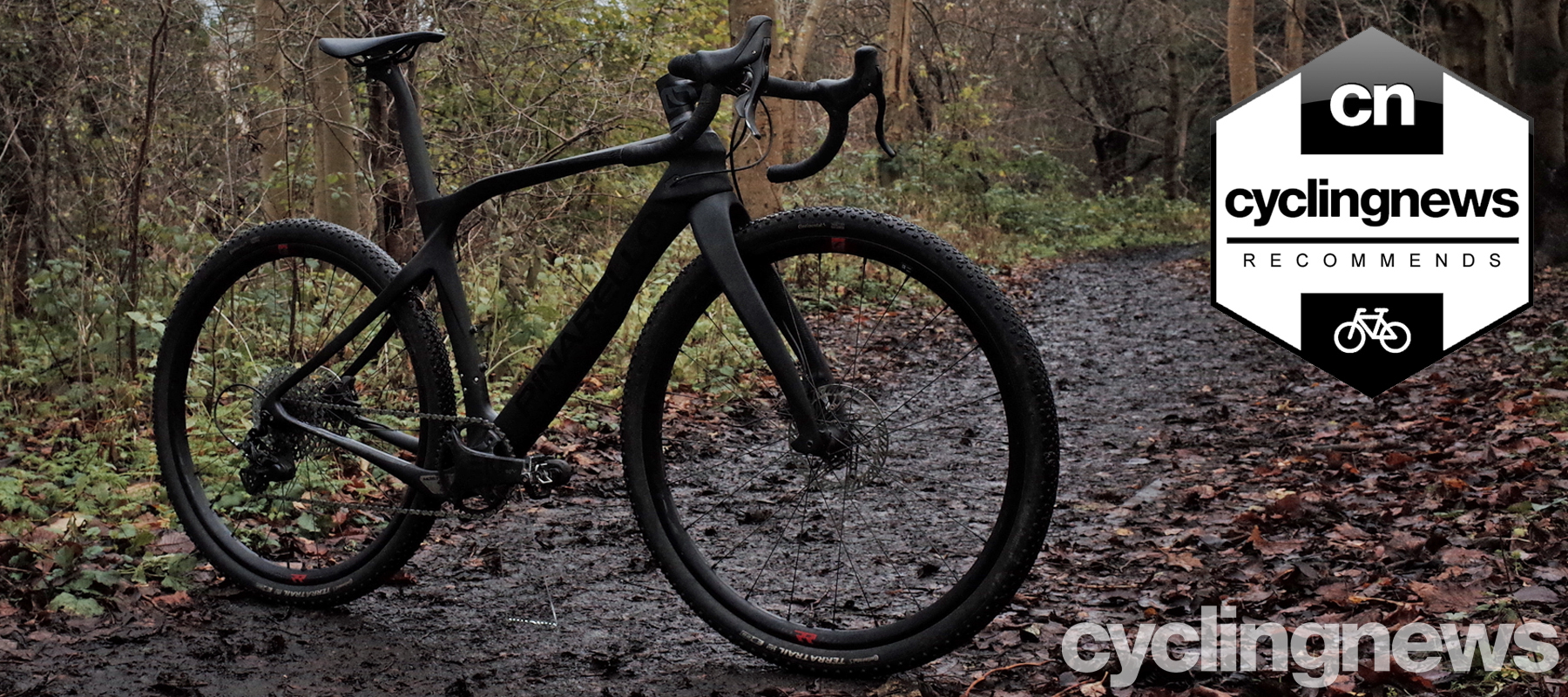Cyclingnews Verdict
What the Pinarello Grevil misses in true off-road versatility it easily makes up for with intoxicating speed. It isn't cheap, but if you're looking for a gravel race bike, they don't come much faster
Pros
- +
Very fast on the road and smoother gravel
- +
Extremely snappy handling and acceleration
- +
Good tire clearance
- +
Campagnolo’s Ekar groupset is superb
Cons
- -
Nervous on steep or technical terrain
- -
Odd geometry
- -
Pricey
- -
Rims filled with water
You can trust Cyclingnews
While riding the Grevil through the remote interior of the Scottish Cairngorms, I had a gravel spiritual reawakening. To get there, I had enjoyed the quick passage of road and gravel trails, taking me deep into the back and beyond as they slowly gave way to crumbling drovers' roads, then singletrack, before leaving me portaging through undocumented and unrideable territory. This section of trail lasted for almost 10km, and as I trudged through mud and heather, I thought about how the Grevil had let me down but quickly came to the realisation that this wouldn’t be fun riding on any bike.
Versatile, capability or do-it-all are the buzzwords often sprinkled through gravel bike reviews as a positive accolade, but does this ever-striving ambidexterity really make a gravel bike better?
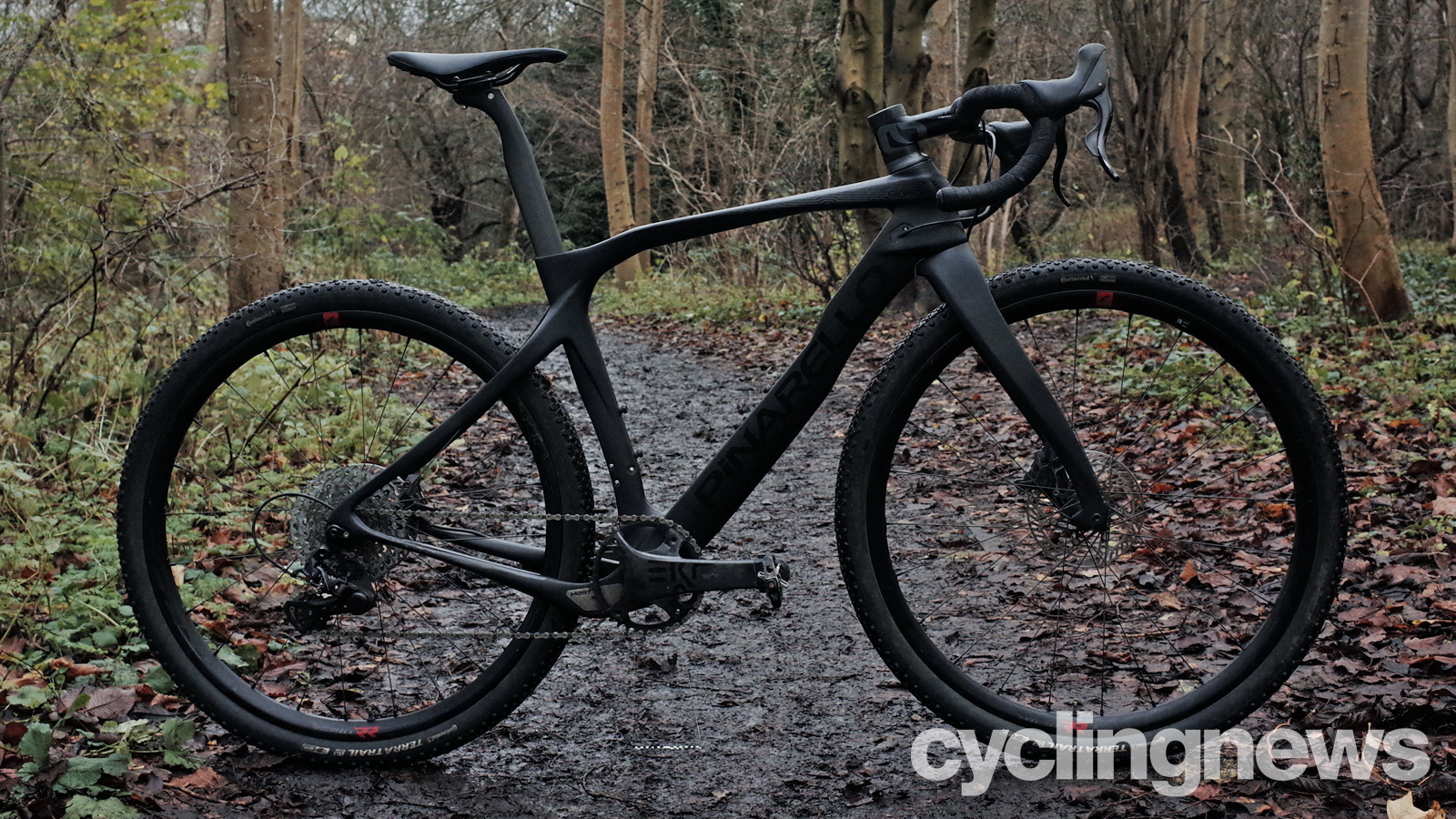
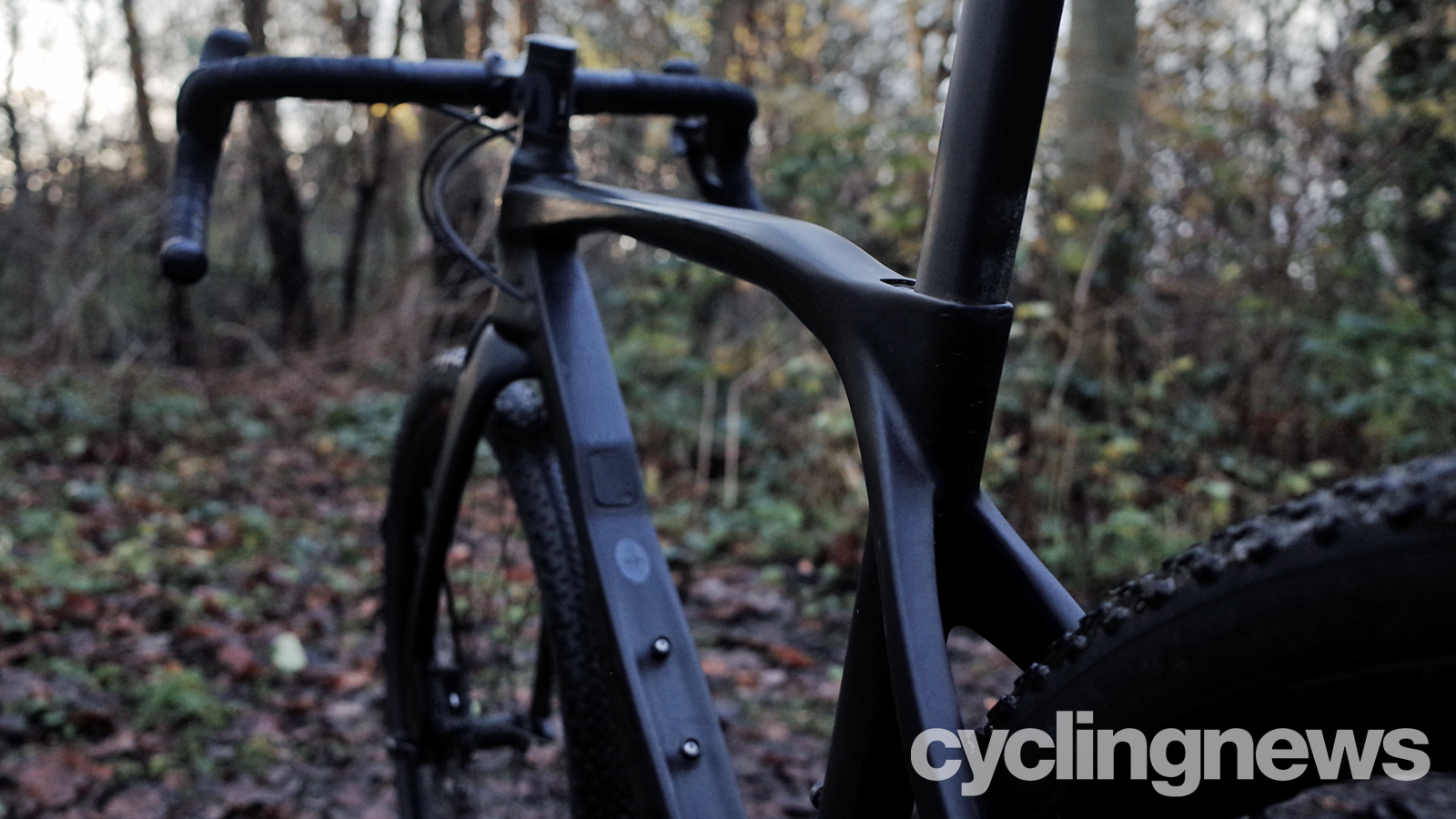
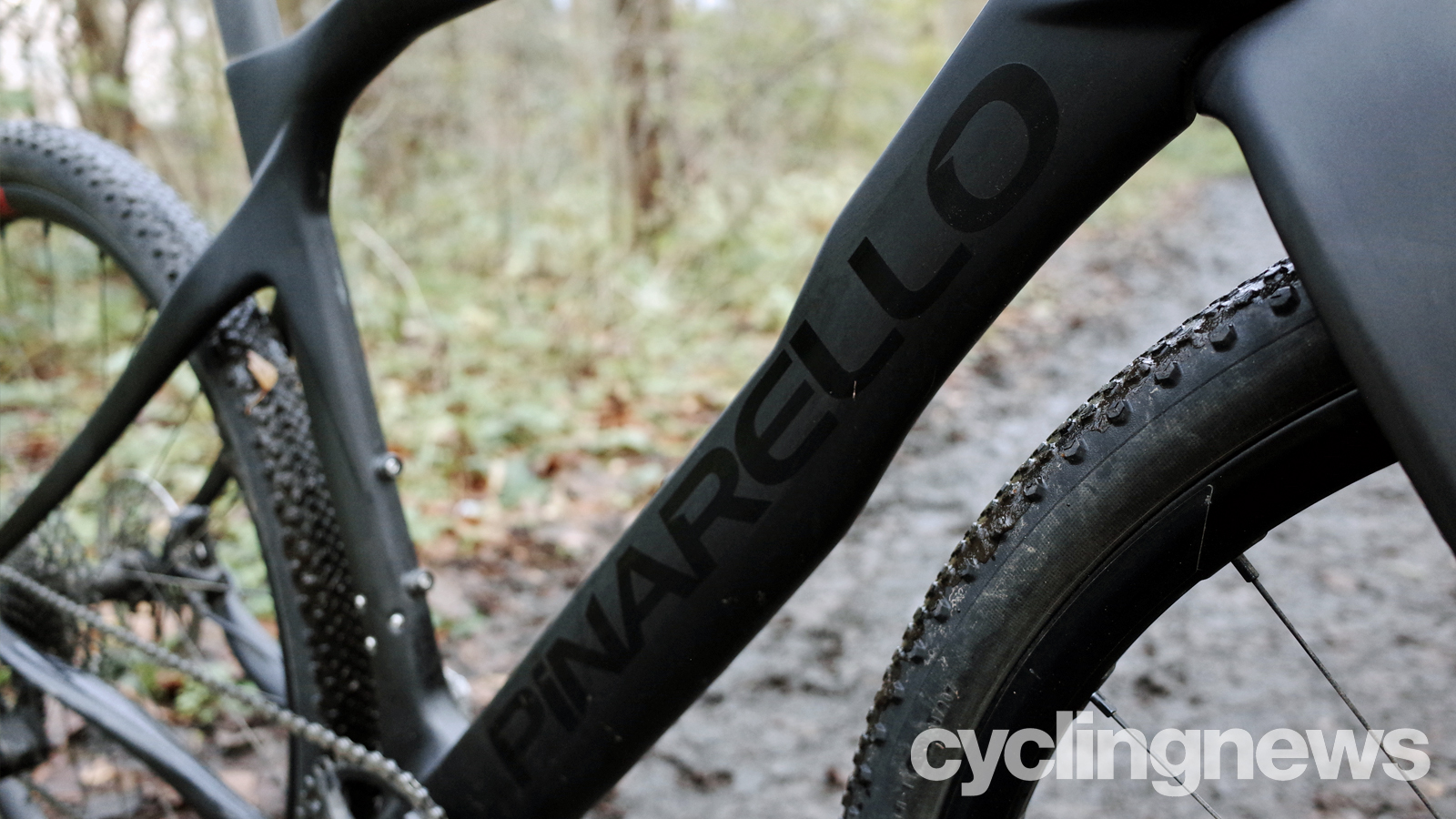
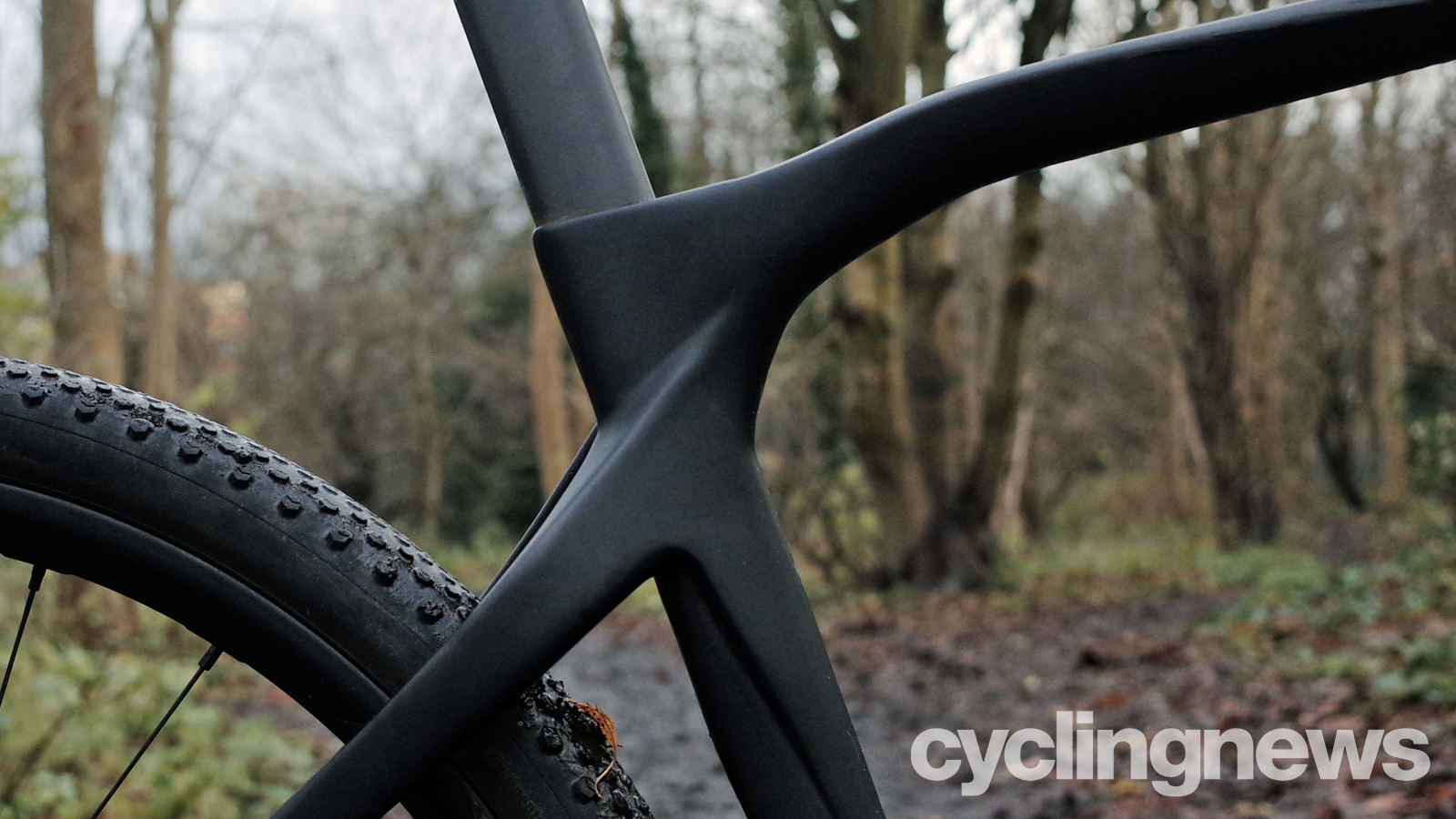
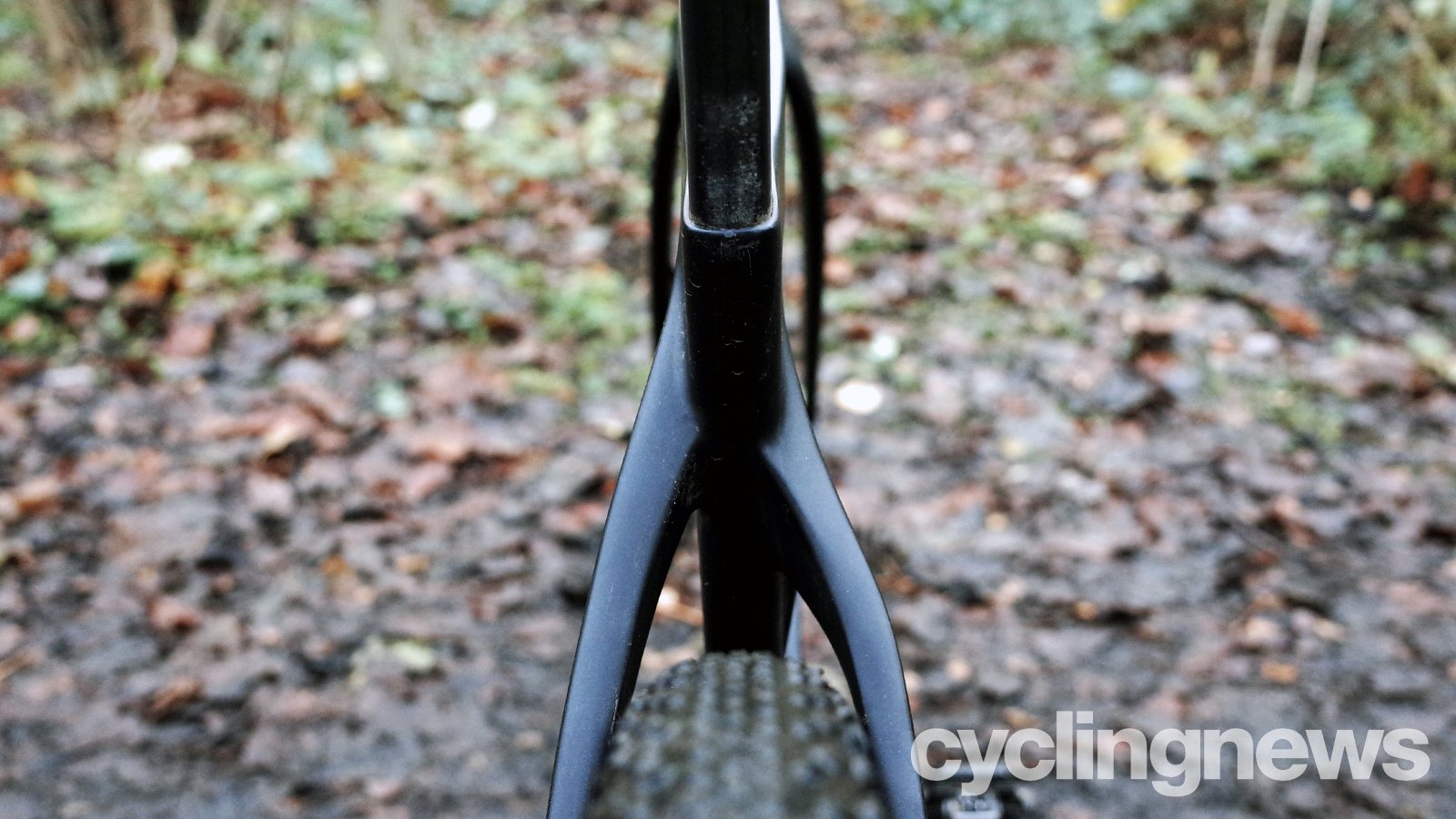
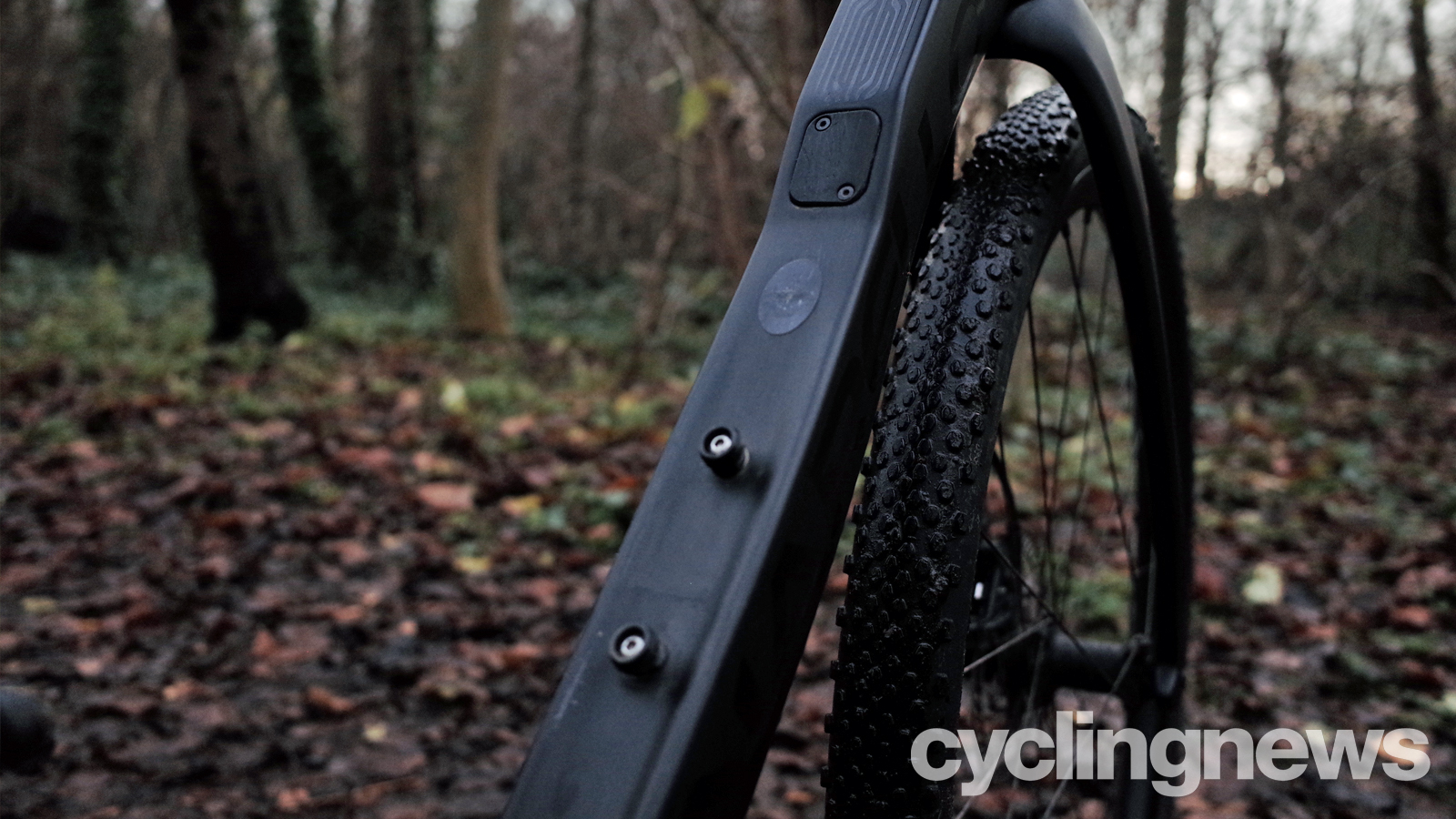
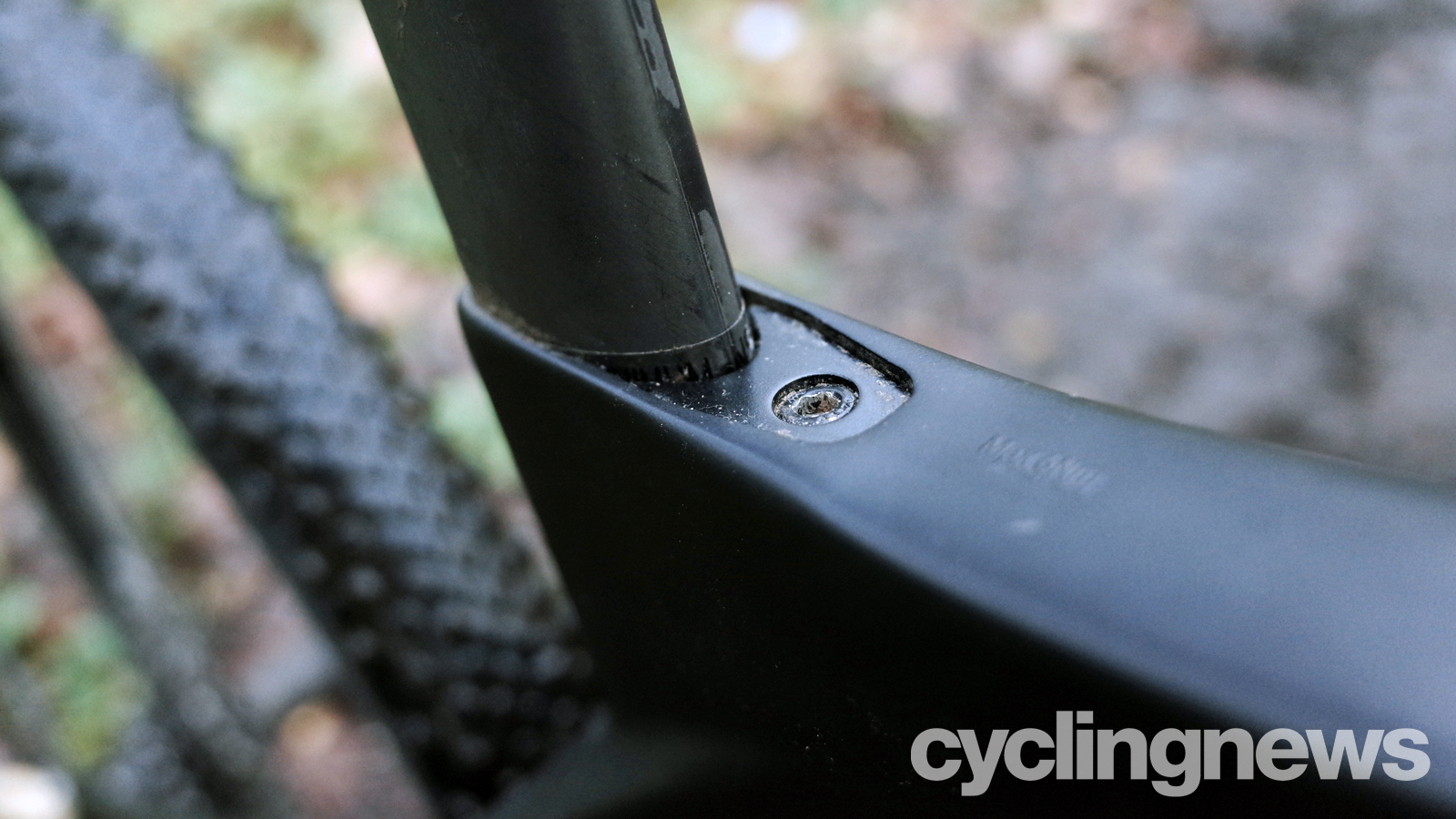
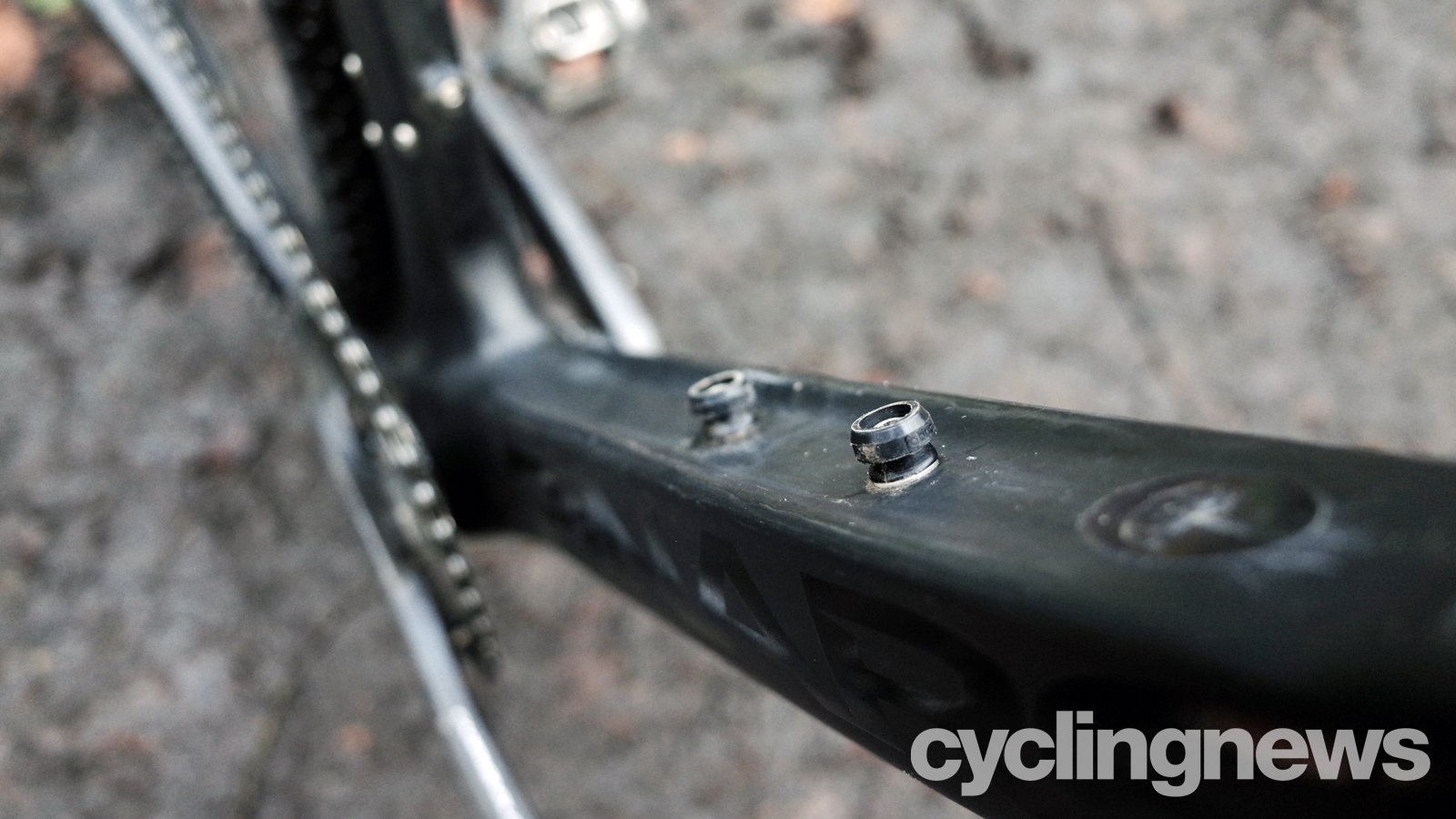
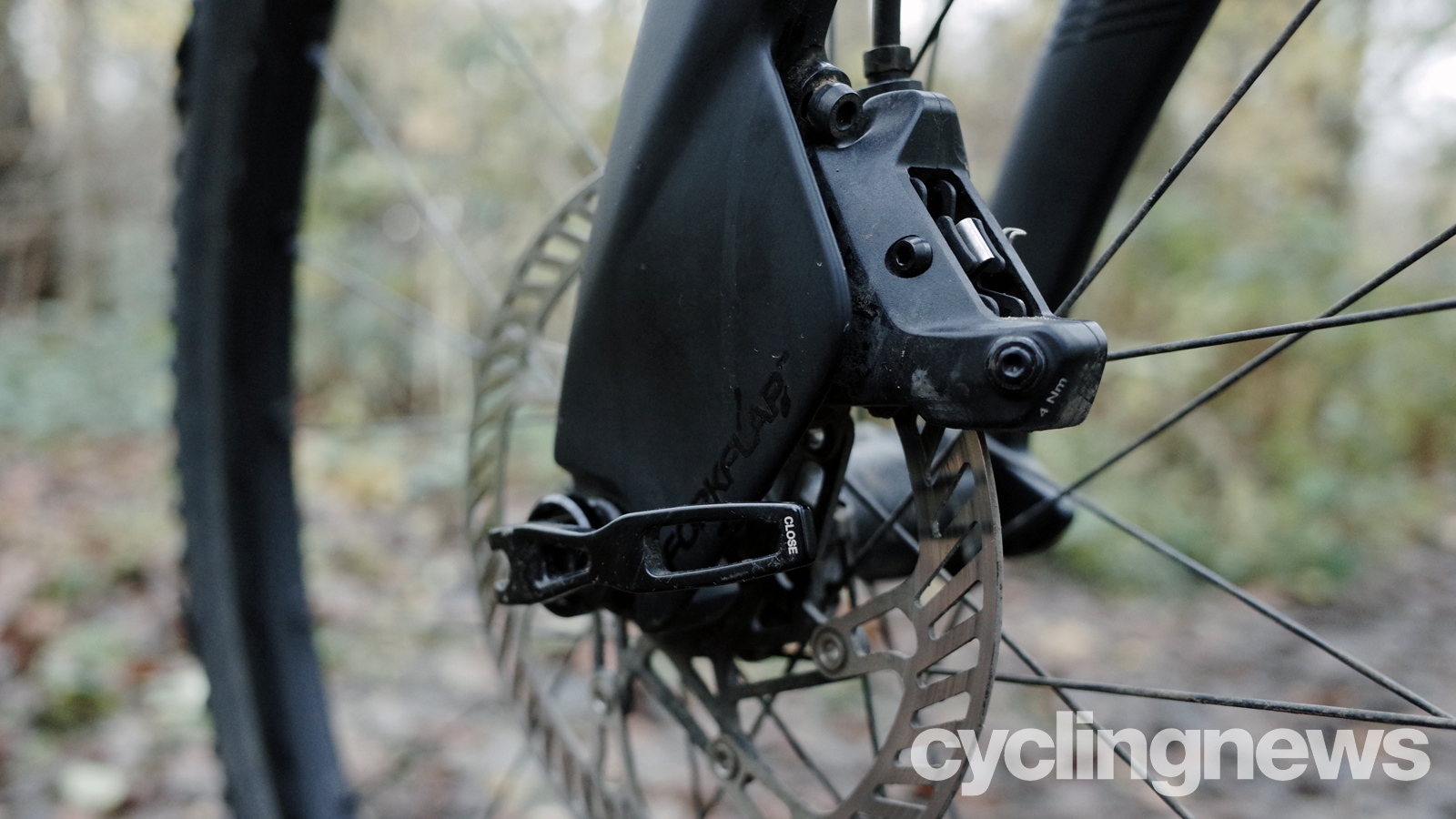
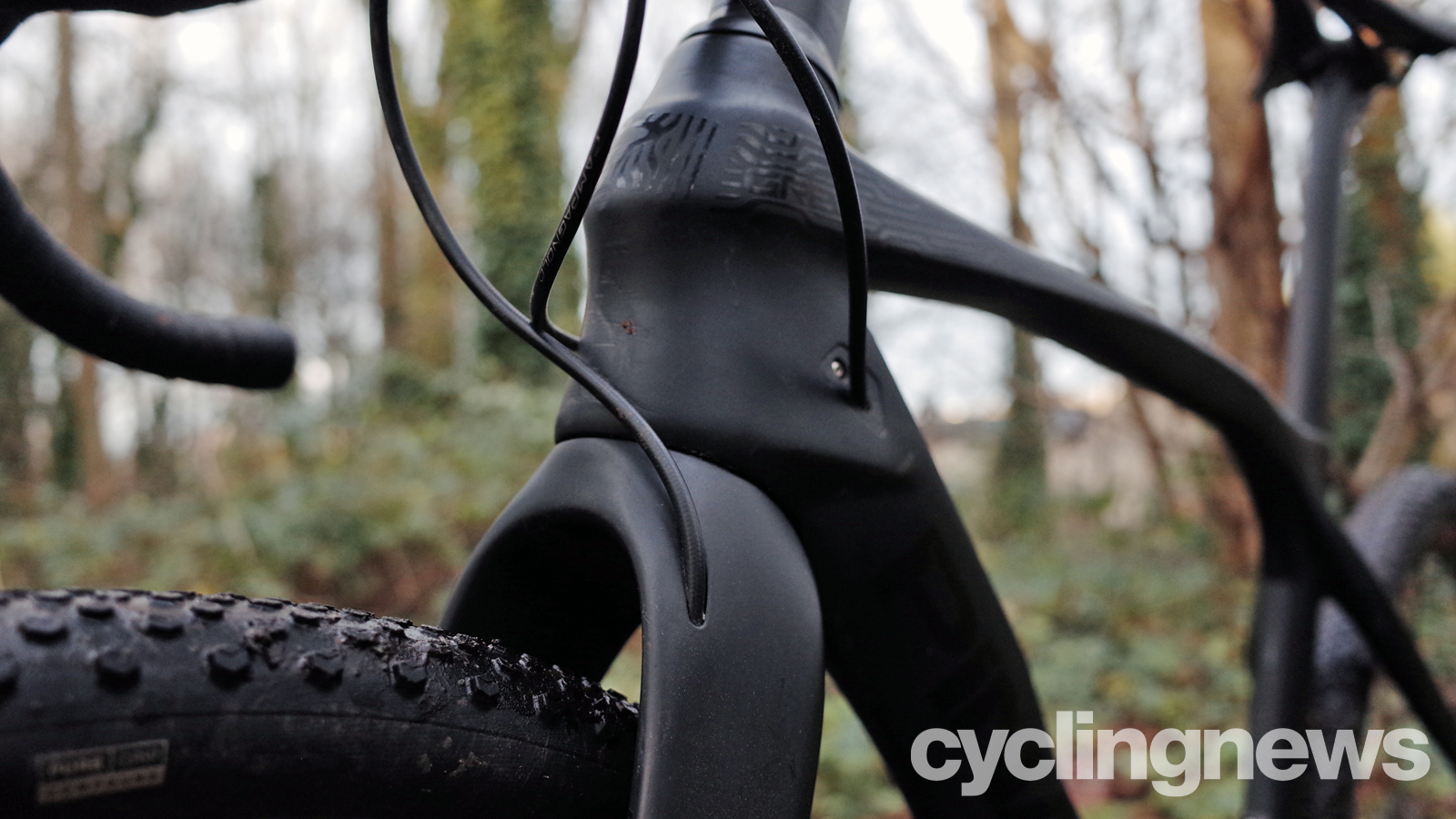
Design and geometry
Let's address the most obvious talking point first, which is how the Grevil looks. It’s unapologetically Pinarello with its wavy lines and asymmetric everything. Inspiration from the brand's Dogma series is evident, although Pinarello hasn’t simply transposed the aesthetic. The Grevil’s curves and lines are more pronounced and organic, complementing the swoopy dropped stays and fluctuating tube shapes. The result is certainly divisive and, if I am honest, when the bike was first unboxed I was a little repulsed. Strangely, the longer I looked at the bike, the more the aesthetic really grew on me. The forward sweep of the fork is purposeful, and the leading lines flow beautifully through the frame. It looks fast as well with its aero tubing, and I even became accepting of the oddly kinked down tube.
The asymmetric construction is made from Torayca T700 UD carbon and is designed to offset the forces created by the drivetrain and disc brakes. The frame also features flatback aero tubing and other aero features which are common on Pinarello bikes, such as the shrouded bottle cages, fork flaps to cover the front brake caliper and an aero seat post with an integrated clamp. Unfortunately, Pinarello doesn't offer any specific stats on the gains made from all this aero tubing or at what speed the aerodynamics are optimised for. The manipulation of tube shapes is not just for style and aerodynamics; the low flat chainstays and seat post scoop are designed to offer more compliance when riding on rough terrain.
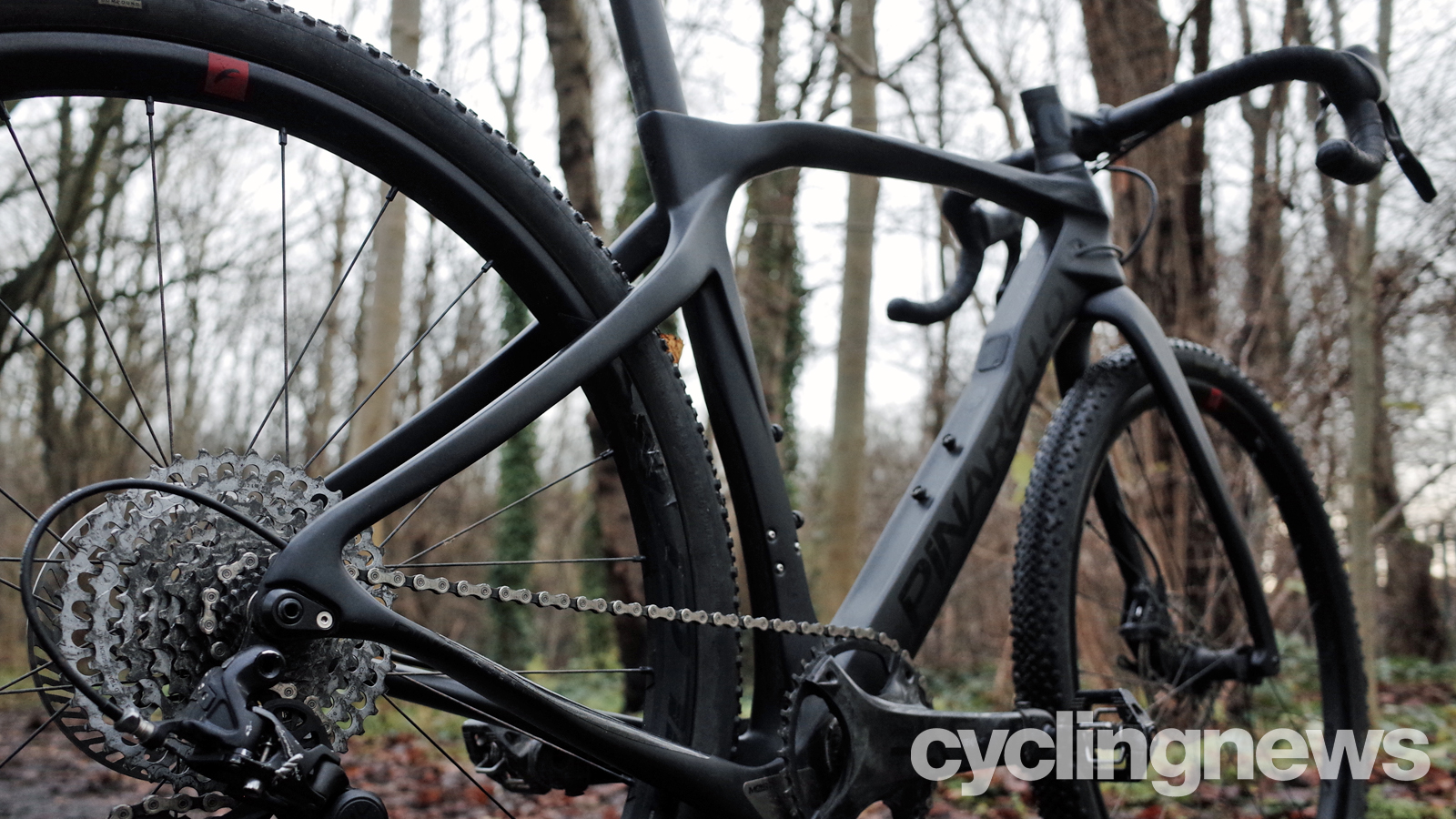
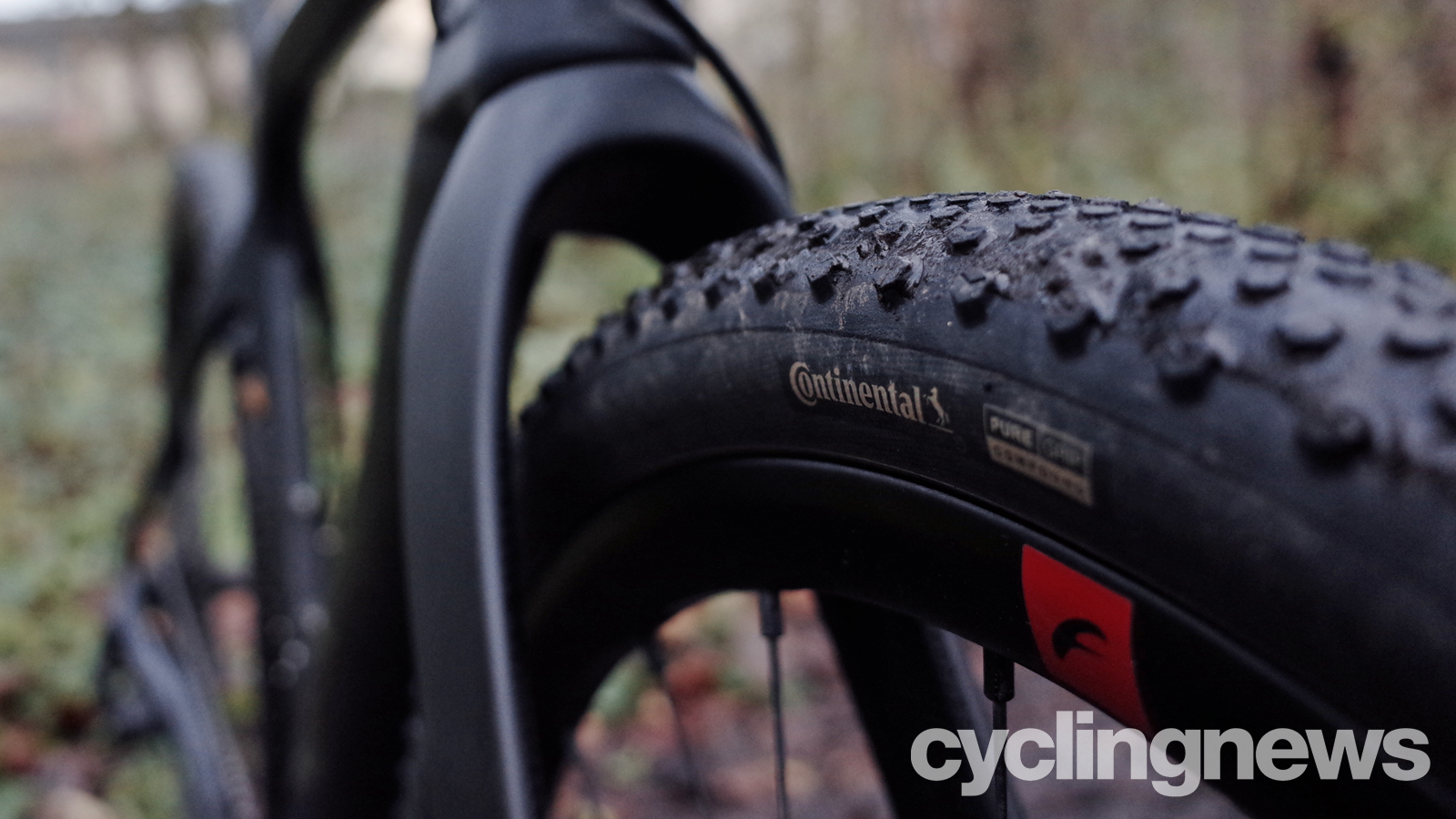
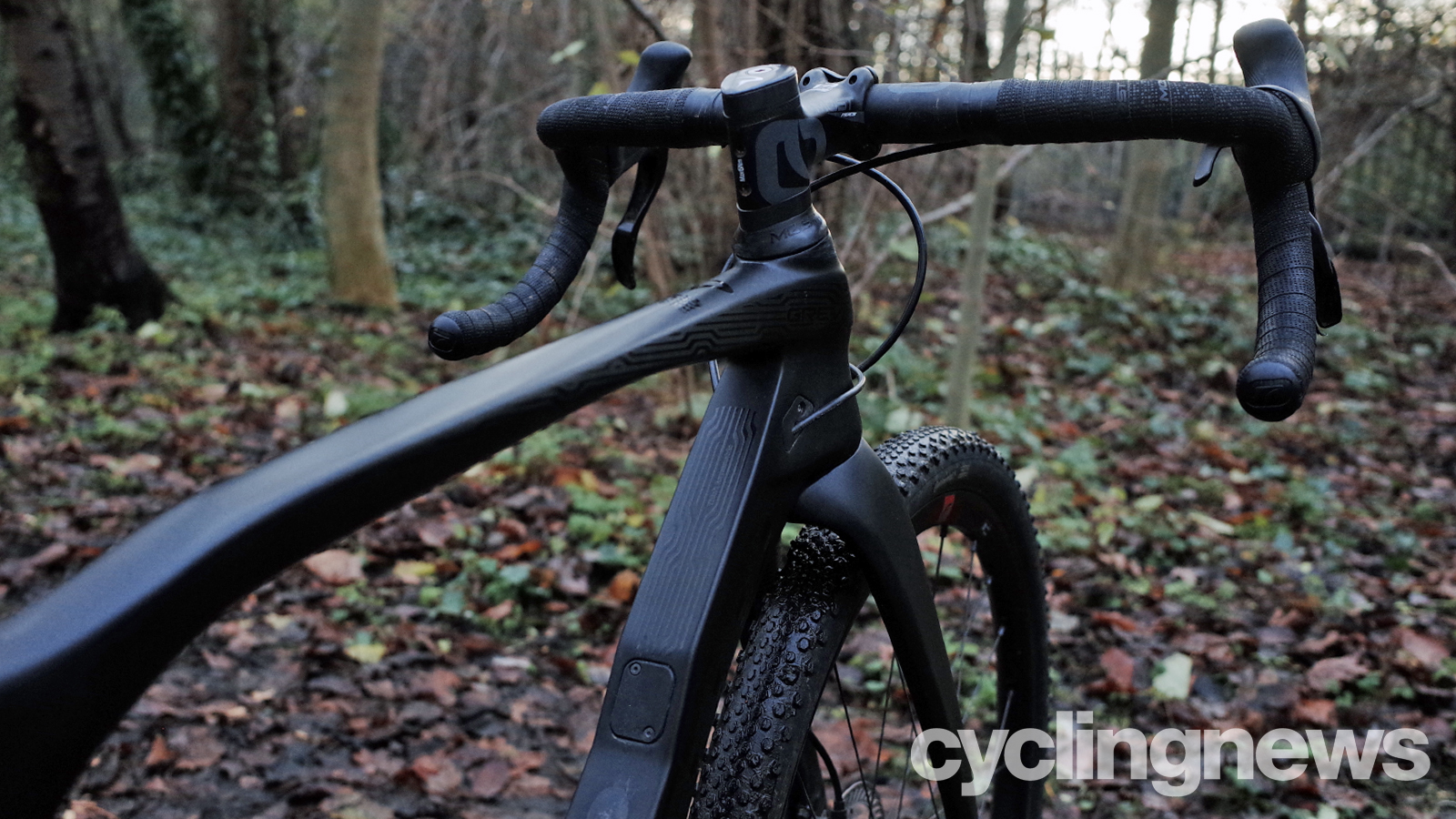

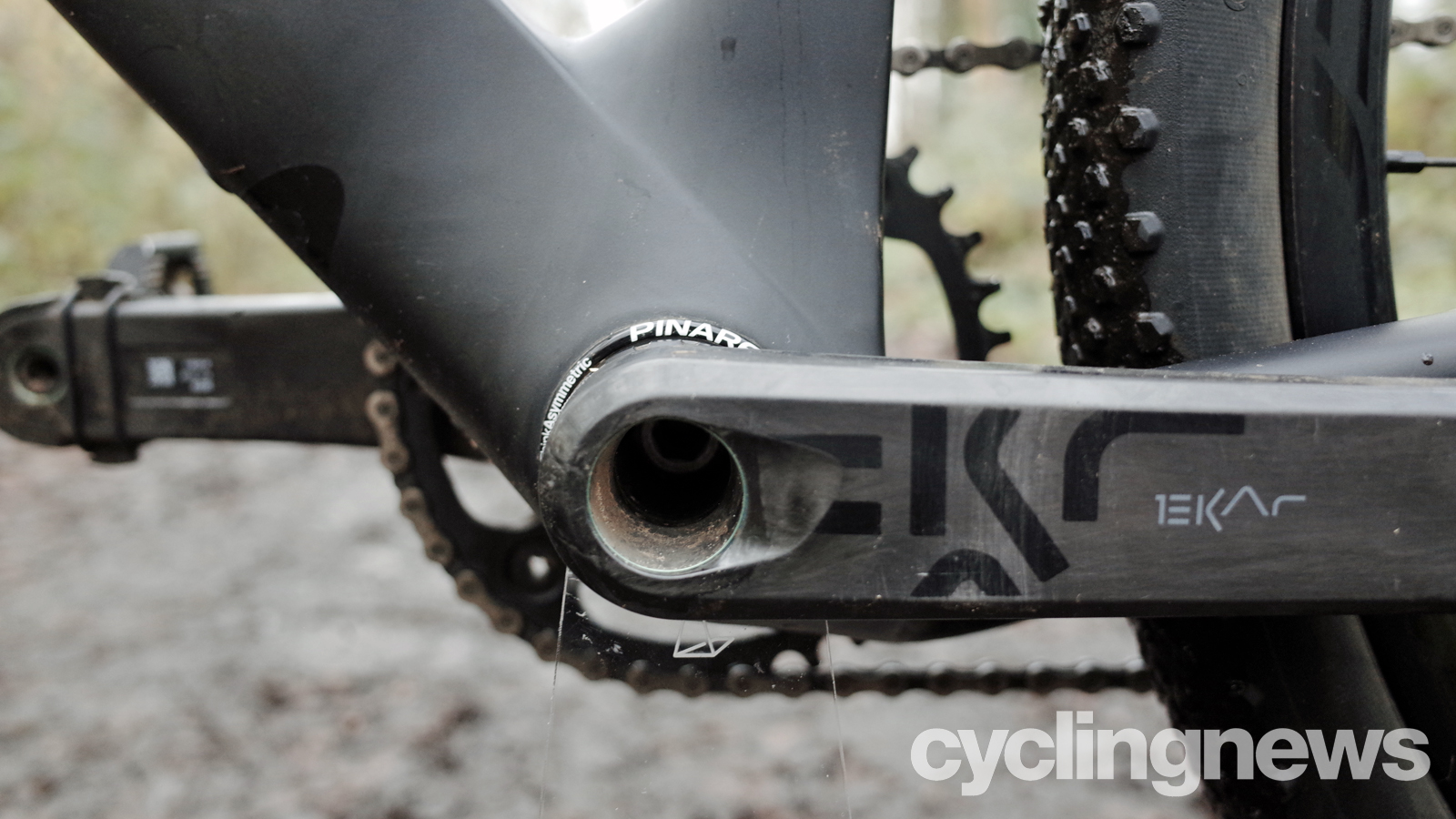
The geometry numbers have a noticeable range across different frame sizes, with 44cm frames having a 69.5-degree head angle and 74-degree seat angle, whereas the largest 59cm has a steeper 72.5-degree head angle and slacker 72-degree seat angle. While many gravel bikes are getting longer and lower, Pinarello has specced a 67mm drop, 420mm chainstays and quite a short wheelbase. Stack height is higher than Pinarello's road bikes but still a little lower than most other gravel bikes, which helps the rider into an aero position.
The proprietary aero seat post has quite a lot of layback in the larger sizes, which theoretically will help provide more compliance, although it could cause issues finding the correct position on the bike. The variation in seat post angle across sizes also greatly skews the reach figures so it's worth double-checking the geometry chart before committing. For myself, the reach numbers would put me on a 53cm, whereas the effective top tube measurement drops me down to a 50cm.
The rest of the frame features are as to be expected from a modern gravel bike. The 12mm axles and 100mm/142mm rear spacing can accommodate 650b or 700c wheels with tire clearance for either a 700x42mm or a generous 650bx53mm. There are also facilities for mechanical or electronic groupsets as well as the option of running a 1x or double chainset. A third bottle cage mount on the downtube offers extra water or some additional storage, although there aren't any mounts for bikepacking bags.
- DeAnima Soul gravel bike review
- Specialized S-Works Diverge review
- Basso Palta review
- Factor Vista Ultegra Di2 review
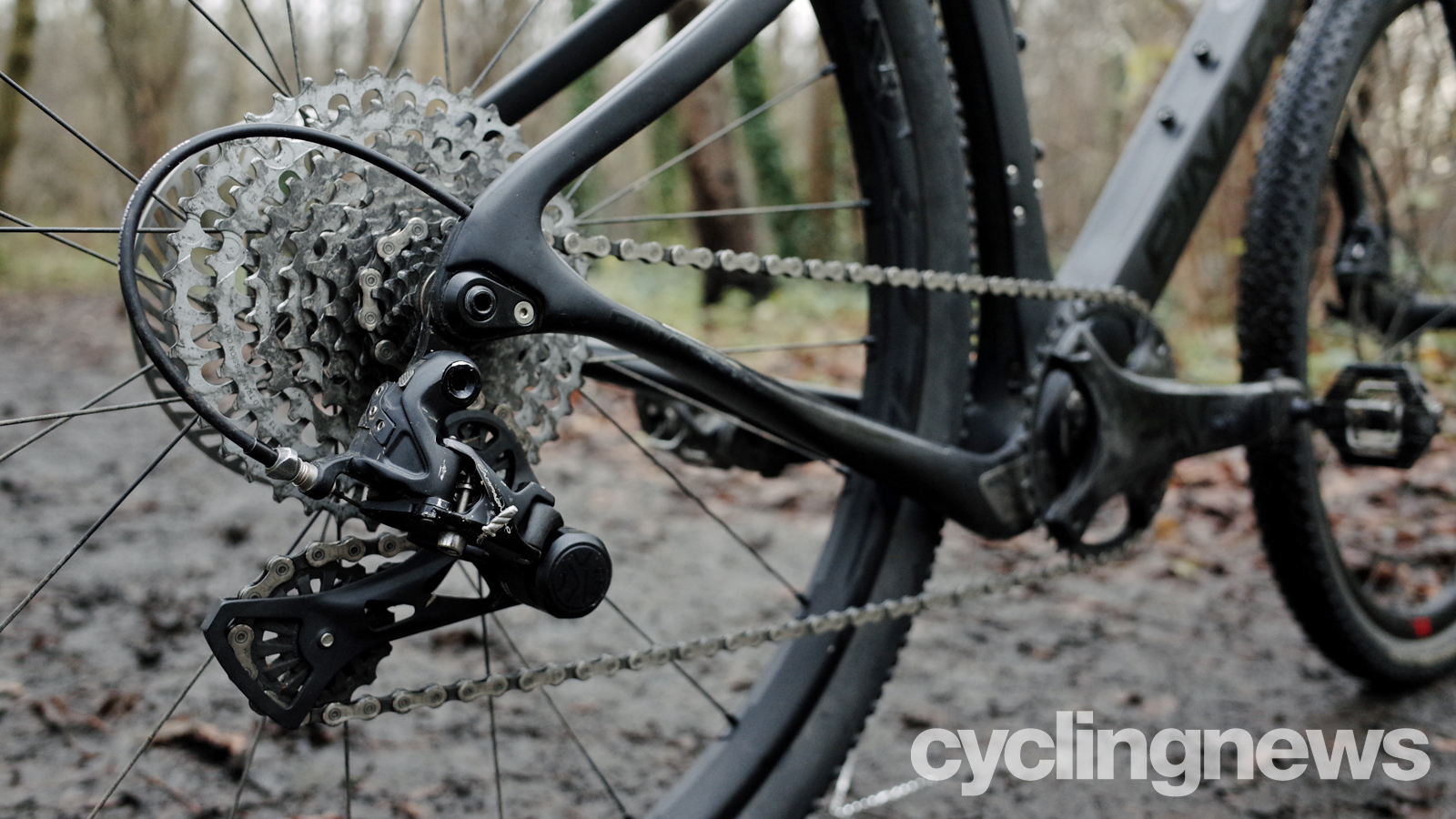
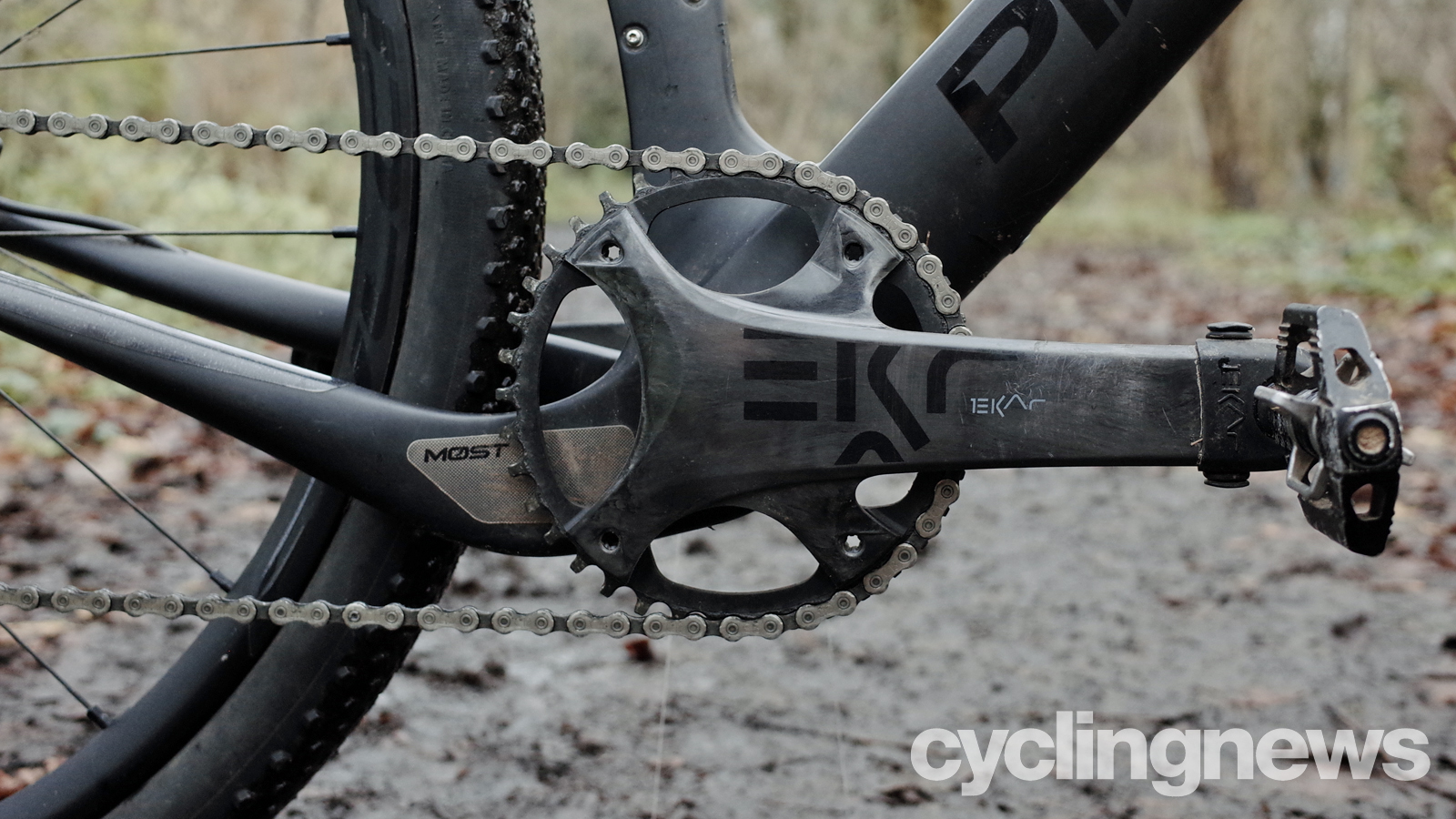
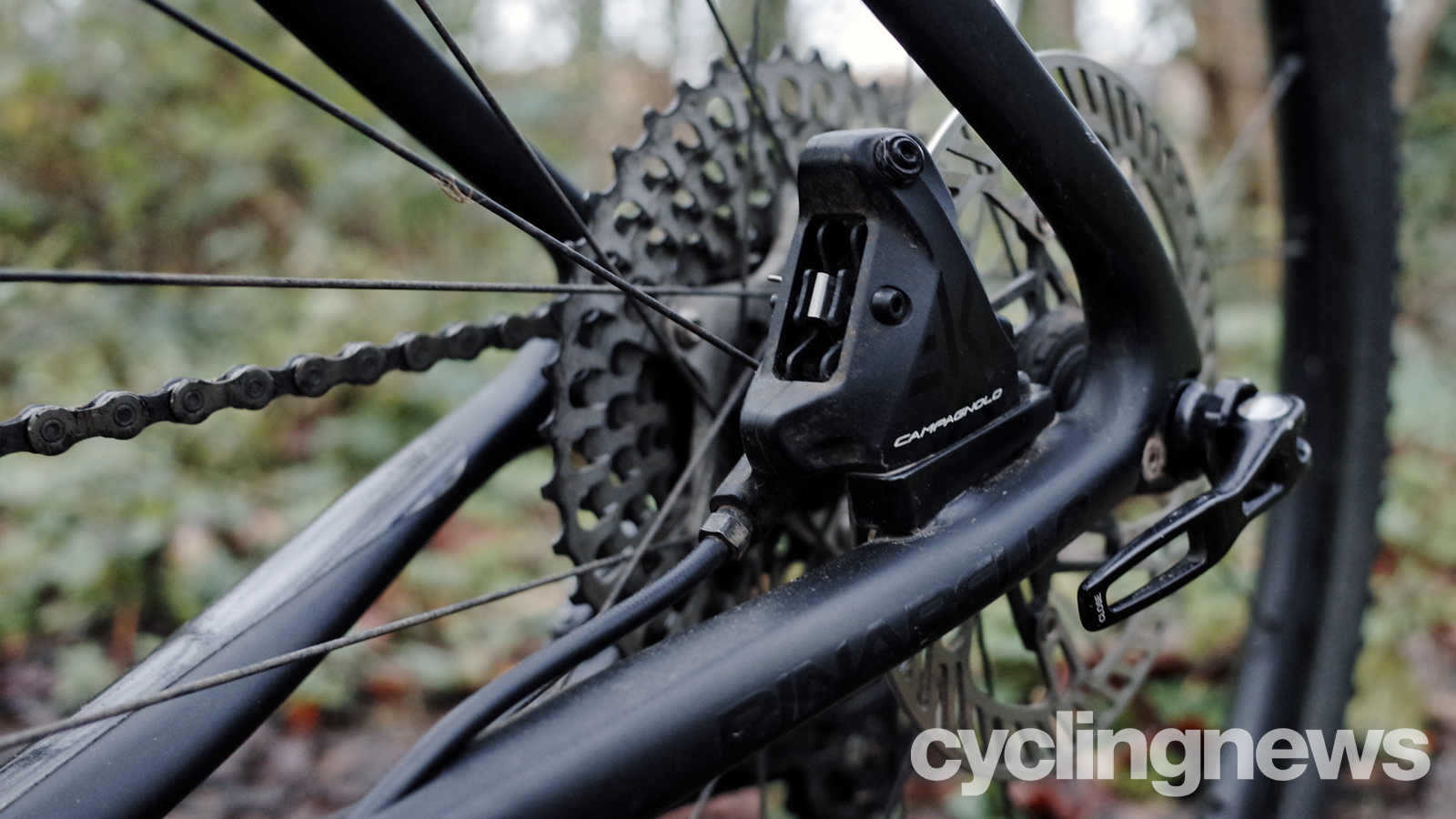
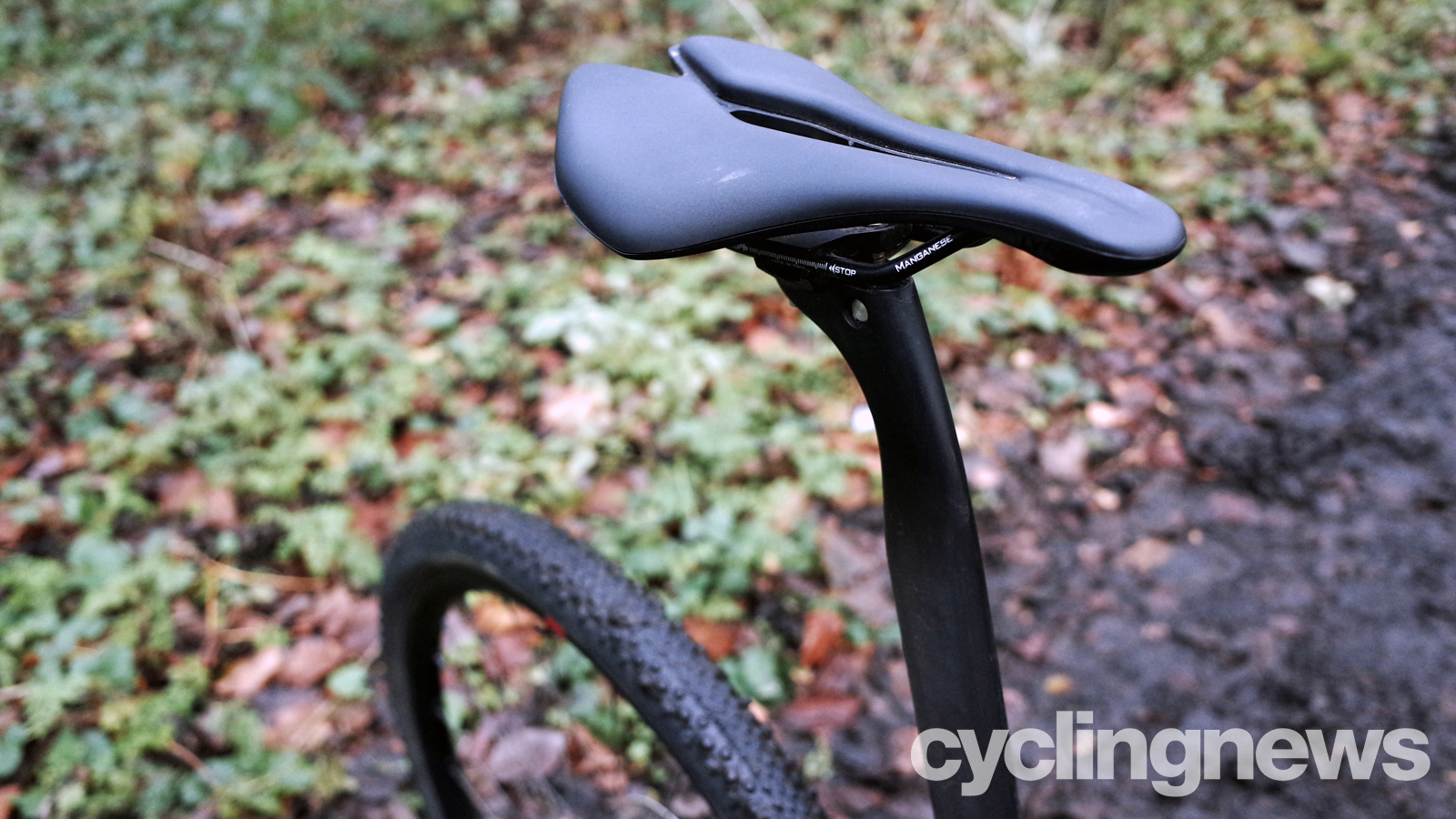
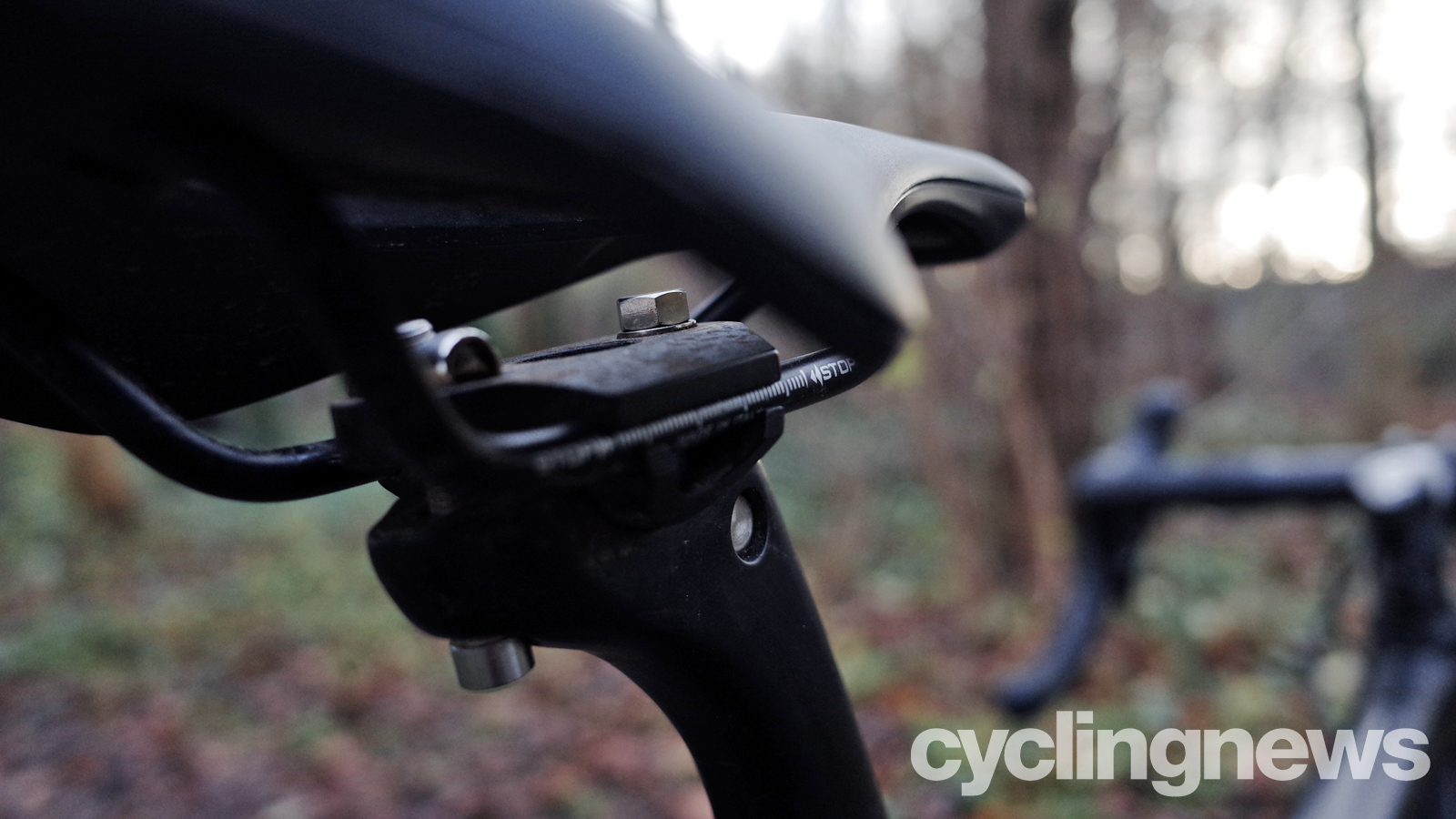
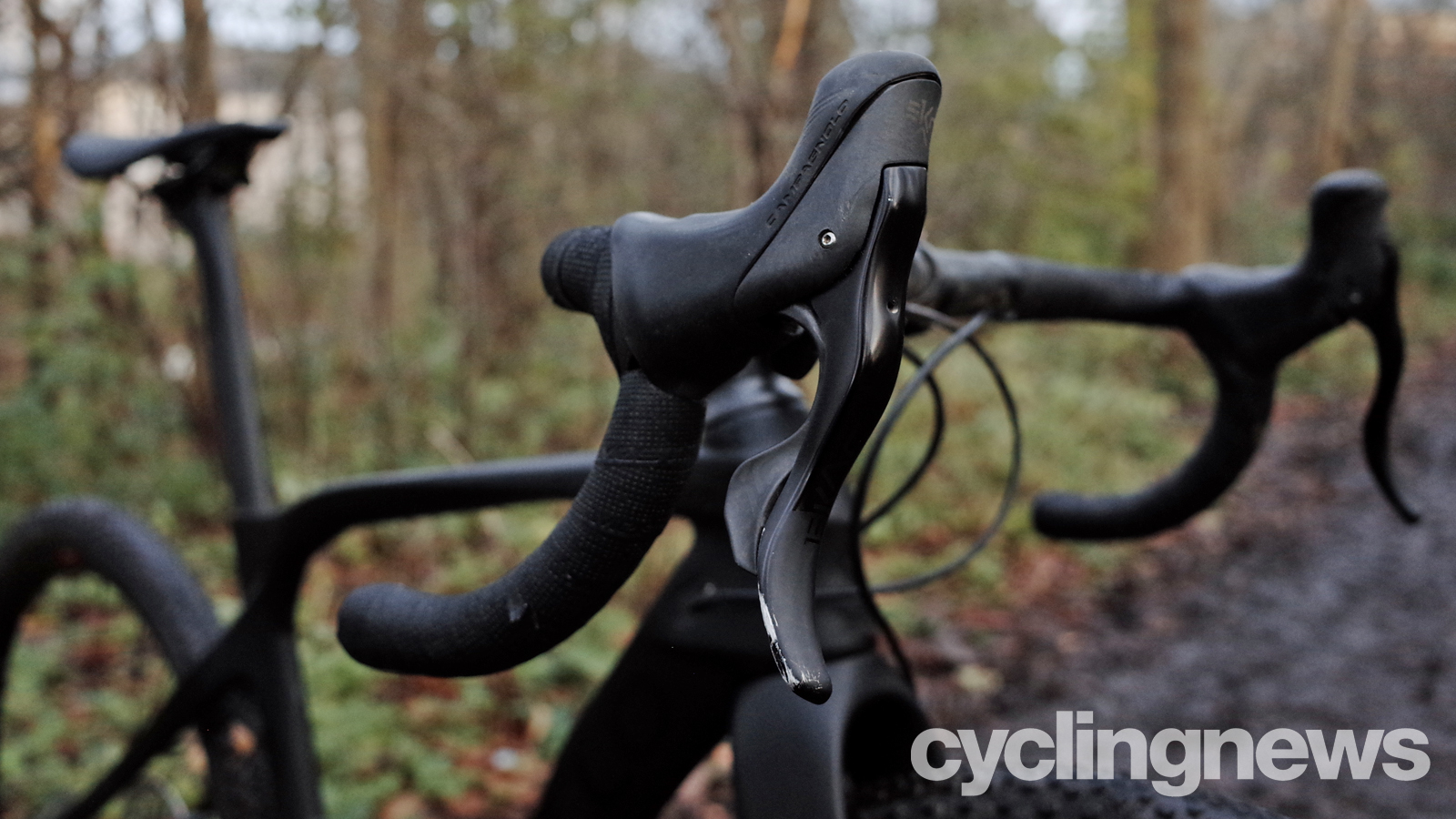
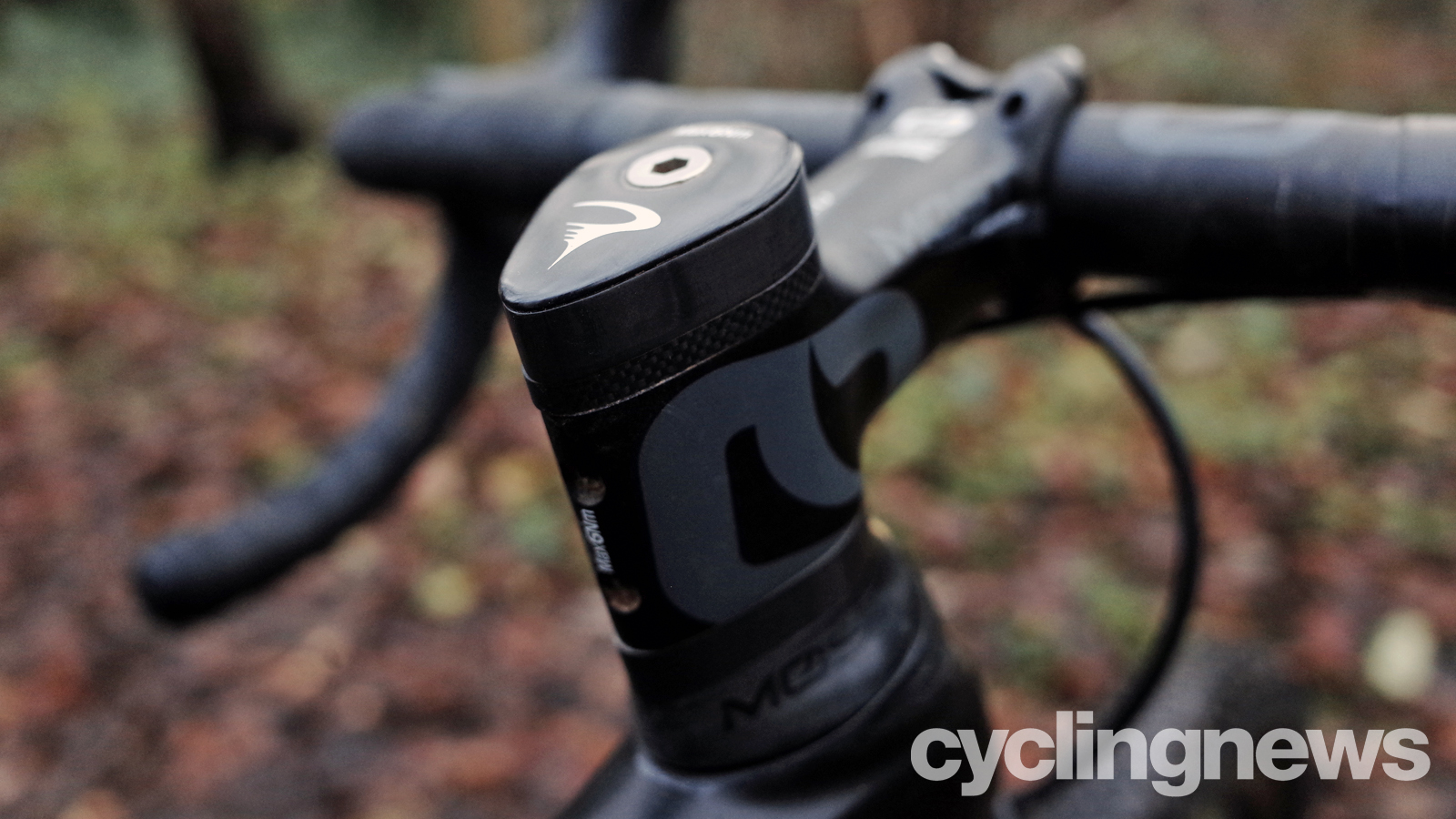
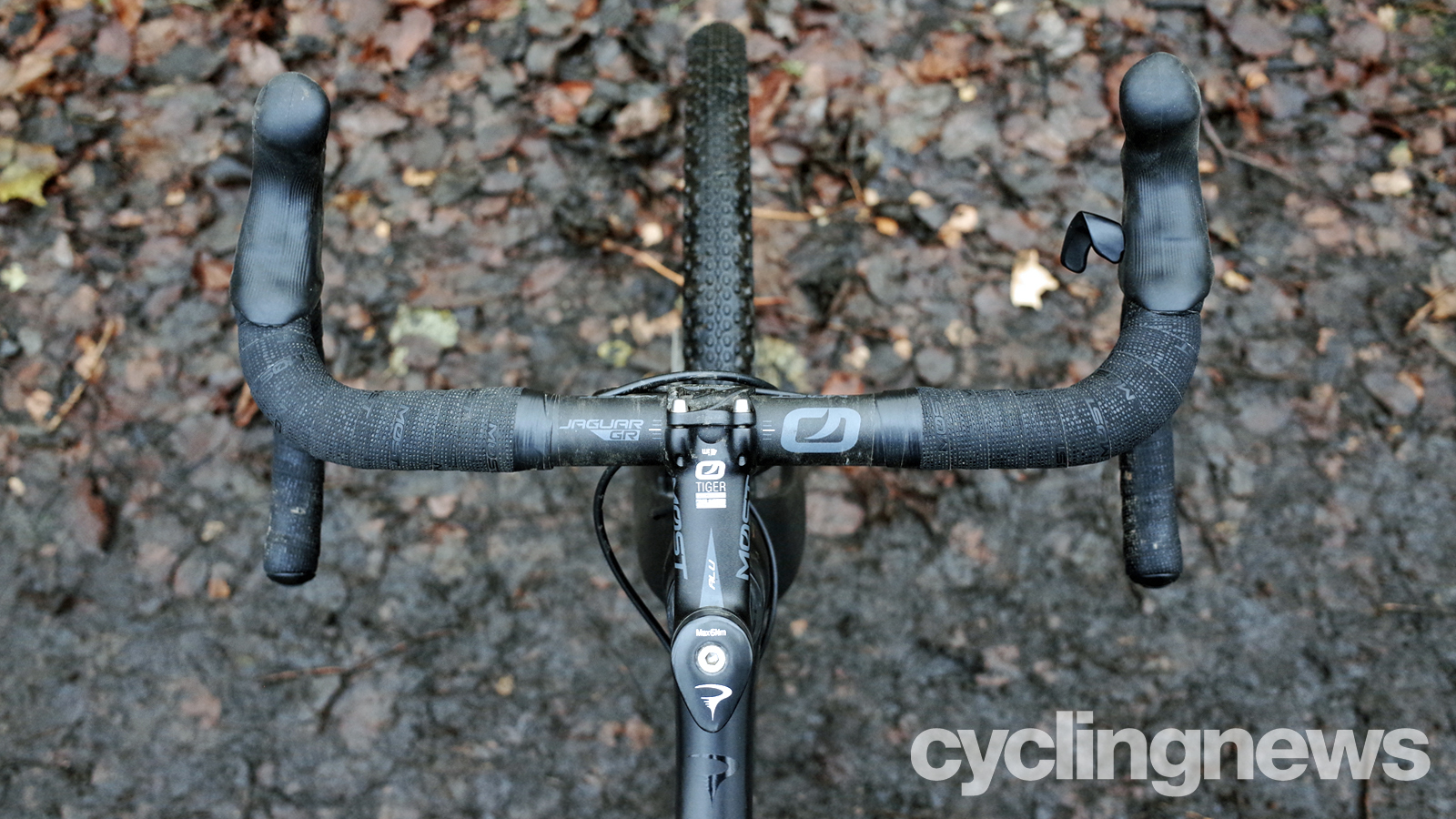
Components and build
The Grevil is available as a frameset or with groupsets from Shimano and SRAM, however, the 13-speed gravel-specific Campagnolo groupset is the one to go for in my eyes. I have already expressed my enjoyment of Campagnolo’s Ekar groupset and felt the Italian drivetrain really compliments the Grevil. A 38T chainring is combined with a 9-42T cassette to give an excellent range of gears that rarely left me looking for more. Shifting has the classic Campagnolo feel and, despite being dragged through some truly terrible conditions, continued to shift very well. Chain management has been faultless, with the rear derailleur keeping the chain under control for quiet riding over rough terrain. The brakes are also Ekar and frankly faultless with ample power, precise modulation and great lever ergonomics.
Finishing kit is from Pinarello’s in-house brand MOST, which covers the handlebars, stem, and seat. The sensibly flared handlebar shape works well both on- and off-road without leaving you feeling open to the wind on tarmac sections. The stem has an aero drop shape, which gives a clean look when combined with the matching spacers. In a time where cockpit setups are often a tangled mess of proprietary parts and internal routing, Pinarello must be complimented on still using a standard-shaped steerer underneath. While the MOST cockpit worked fine, the basic aluminium construction does leave you feeling a little short-changed on a bike of this price.
The Fulcrum Rapid Red 300 wheelset seems to let down the package in my opinion. This aluminium 27.5-inch wheelset, featuring a 23mm inner rim diameter, is functional although unremarkable. The Rapid Red 300 performs an impressive job of staying true, despite some of my best efforts and a particularly poorly judged leap of faith over a rock garden. However, the wheelset doesn’t offer any aero benefits, which is a shame considering the effort that has gone into the frame design. The bearings are a loose-bearing cup and cone design, which, while simple, require more maintenance to keep spinning smoothly. Frustratingly, I also found the rim filled with water easily and was subsequently very hard to empty out again - not ideal if your gravel rides involve a few water crossings.
Setting the Continental Terra Trail tyres up tubeless on the Fulcrum rims was as simple as adding sealant and inflating with a track pump. Despite the Terra Trail’s 47mm size and knobby tread pattern, they roll surprisingly well. You can drop pressures to nearly 20psi without any problems, which greatly enhances grip and vibration smoothing.
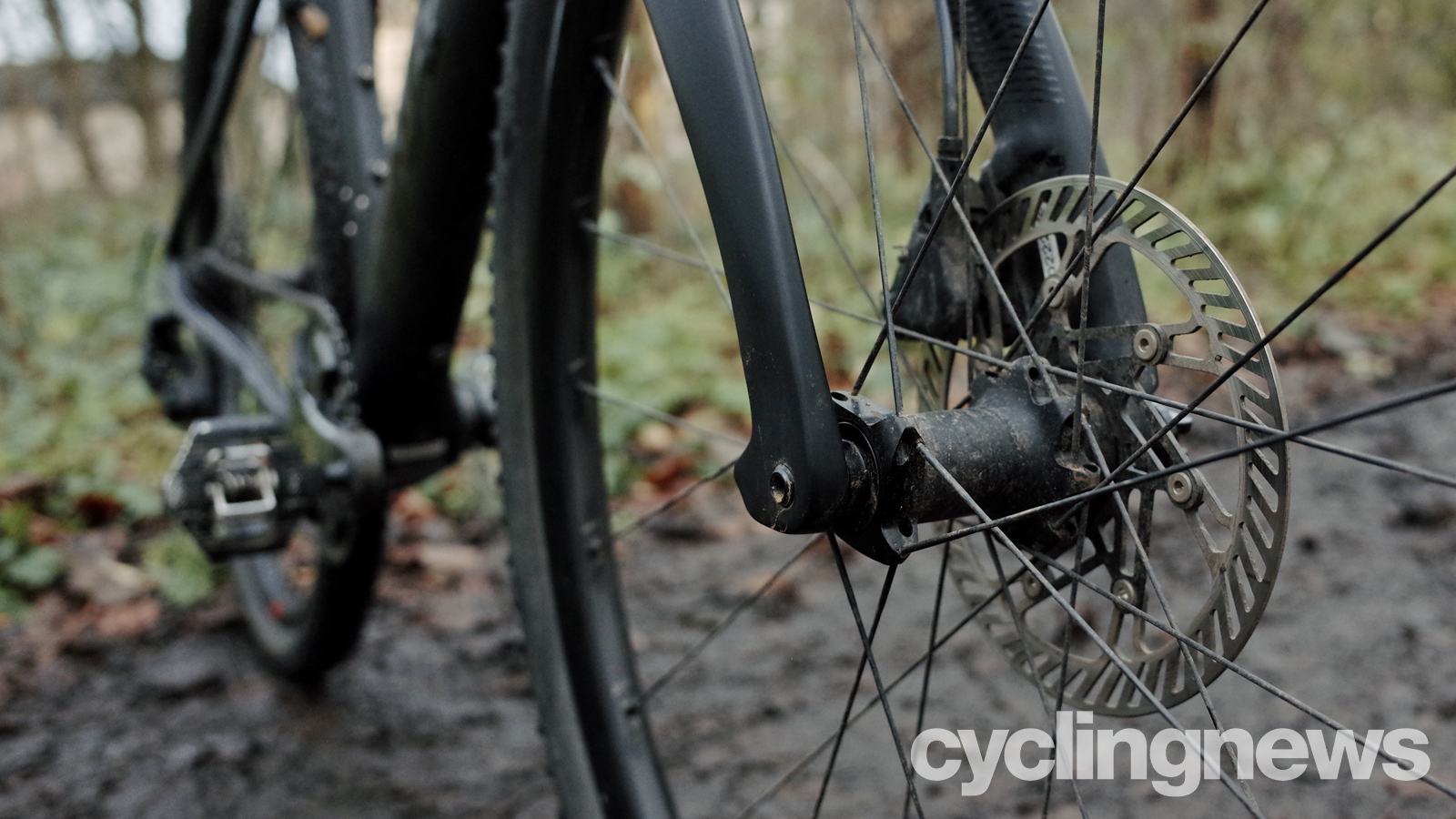
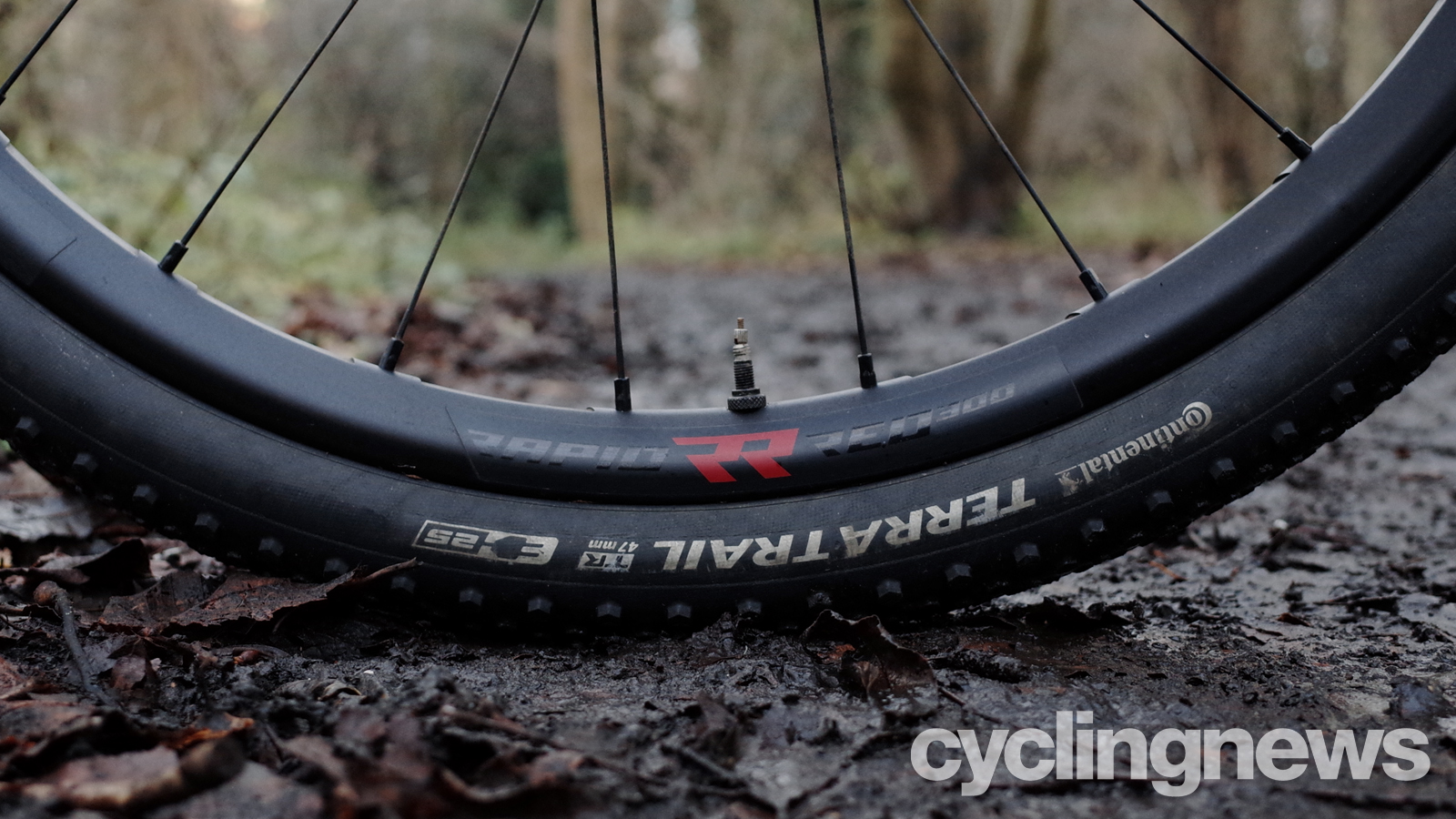
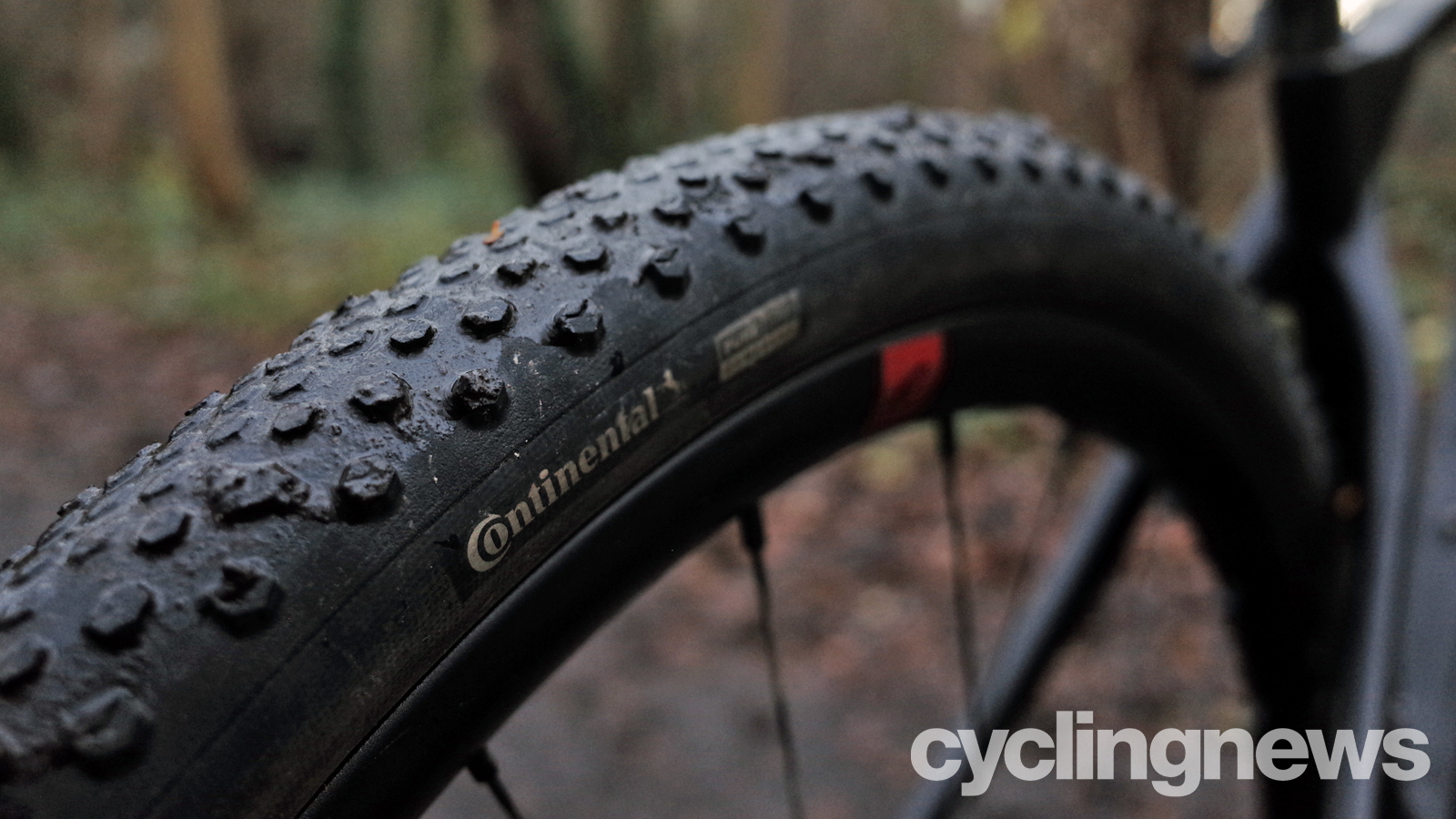
Ride, handling and performance
Pinarello is one of the most iconic road racing brands of recent years, so it shouldn’t come as a surprise that its Grevil gravel bike feels like an aero road bike. This race DNA means the Grevil is fast, and I mean really fast. Most at home on American style wide-open gravel roads where you can get in the drops and really crank up the speed. Distances shrink as the Grevil covers ground at an unrelenting pace and efficiency. It's not just on the flats that the Grevil shines; it can climb far better than its 9kg weight would imply and descends with the grace and dynamics of a road bike, encouraging speed to be carried using smooth apex lines through corners. The Pinarello's attempts at built-in flex aren't particularly obvious, however, large tyres do most of the smoothing anyway, and the taut frame feels extremely precise and communicative to the rider's intentions.
The Grevil will show its insecurities if you stray from semi-manicured gravel and onto heavily eroded grades or singletrack, though. The low front end that provides such intuitive handling, combined with the short snappy wheelbase, sits weight far higher than other gravel bikes, translating to nervous steering and an added risk of ejection over the handlebars in difficult or steep situations. The stiffness of the Grevil doesn’t help either with the unyielding frame, fork and cockpit causing a pinball effect between rocks and transferring more impacts into the hands. That’s not to say the Grevil is incapable; the large tyres and excellent Ekar braking performance certainly help keep you out of trouble, but it will also take some confidence in your abilities to stay upright on the steep and narrow.
Despite the smaller wheels, wide tyres and 1x drivetrain, few bikes have carried me to as many Strava cups and KOMs, both on- and off-road. The Grevil became a go-to option, not just for gravel riding but also road riding, as it shows little weakness when going wheel-to-wheel against skinny-tyred road machines. The frame is reactive, providing bursts of acceleration that will easily go toe to toe with road bikes. If you're riding on cobbles or poorly maintained tarmac, the odds can really swing in your favour thanks to the broad grippy tires and unshakable drivetrain. The Grevil would happily double as a road bike whether you had a second 700c wheelset or simply swapped out the tyres to some bulbous slicks, which would still maintain some off-road ability should that take your fancy mid-ride.
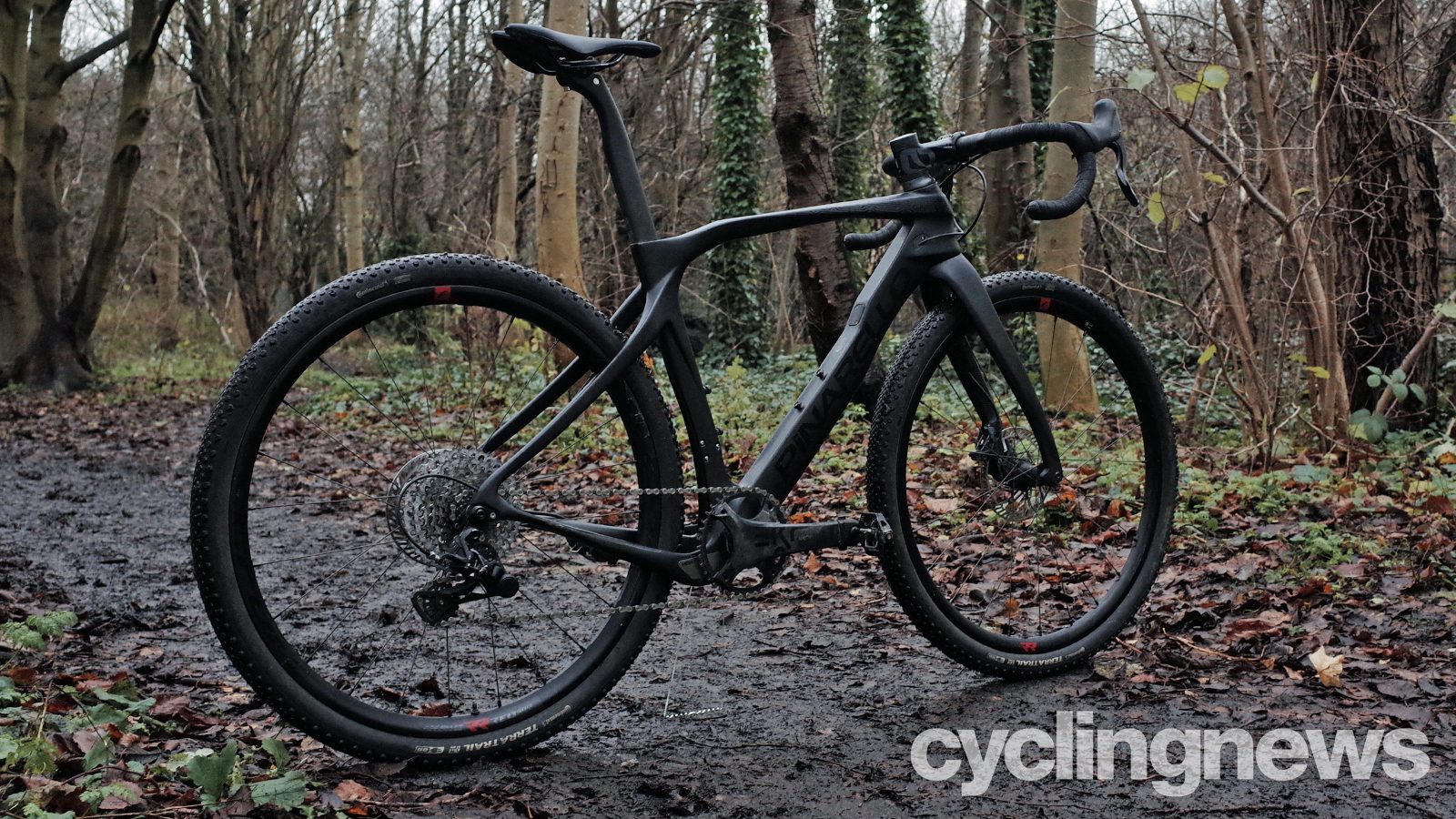
Verdict
After clocking up a wide variety of riding on the Grevil, I was left questioning why manufacturers are continually pursuing ever-increasing gravel bike capability. After all, cross-country mountain bikes are far superior and more fun on rugged terrain than even the burliest gravel bikes, without sacrificing much on smoother sections.
The lack of compromise meant that the Grevil became a go-to bike because it was fast on everything that made sense to be ridden on drop-bars. Riding off-road, the feeling of flying across smooth-to-medium gravel terrain was intoxicating, and when it came to road sections, I could push hard all the time knowing that I had ample grip and control no matter the road surface. There are plenty of riders that will utilise MTB-esque gravel bikes to their full capabilities, but I never missed the compromises that would be needed to achieve that capability. Instead, I accepted the Grevil for what it is, a road bike with huge tyres.
The Pinarello Grevil isn’t perfect. In fact, it’s far from it. In traditional gravel bike terms, the frame is too stiff and too aggressive, which can be limiting after a long ride on rough terrain. This stiffness can leave you feeling a bit battered after the long rides. The geometry also contradicts much of what has become gospel in off-road bike design, which adds to the Grevil’s insecurities when the going gets rough.
If your idea of gravel riding is traversing the limits of drop-bar capabilities, then the Grevil will falter before many other gravel bikes. However, if you’re looking for a taut gravel racer to cover miles extremely quickly, both off-road and on, then the Grevil is a spectacular machine.
Logbook
- Temperature: 8-25 degrees Celsius, 46-77 degrees Fahrenheit
- Weather: Dry to extremely wet
- Trail/road surface: Various gravel, road
- Route: Tarmac, singletrack, gravel roads
- Mileage: 1,915km
Tech specs: Pinarello Grevil Ekar
- RRP: £4,200 / $5,500 / €5,450
- Frame: Pinarello Grevil
- Size: 50cm
- Weight: 9kg (50cm, actual)
- Groupset: Campagnolo Ekar, 9-42T cassette
- Crankset: Campagnolo Ekar, 38t chainring
- Wheels: Fulcrum Rapid Red 300 27.5in wheels
- Tyres: Continental Terra Trail tyres, 47mm
- Brakes: Campagnolo Ekar, 160mm rotors front/rear
- Bar/stem: MOST Gravel handlebar, MOST Tiger Alu Aero
- Seatpost: Pinarello Carbon Aero
- Saddle: MOST
Graham has been part of the Cyclingnews team since January 2020. He has mountain biking at his core and can mostly be found bikepacking around Scotland or exploring the steep trails around the Tweed Valley. Not afraid of a challenge, Graham has gained a reputation for riding fixed gear bikes both too far and often in inappropriate places.
